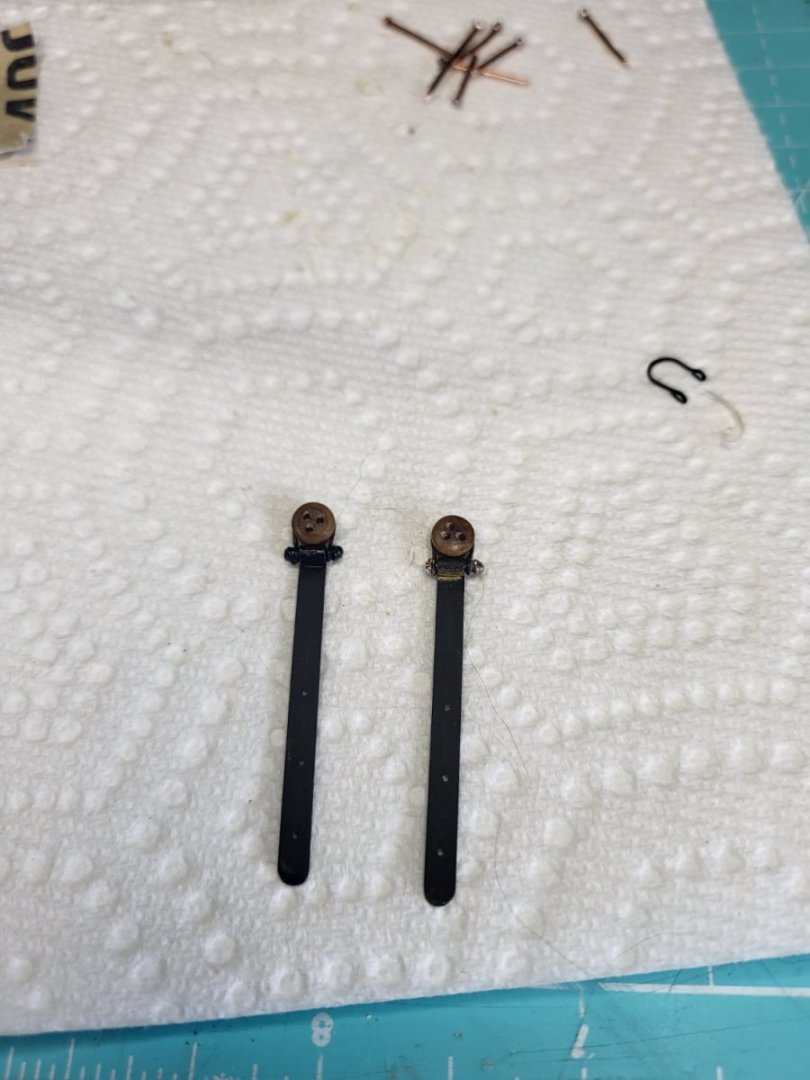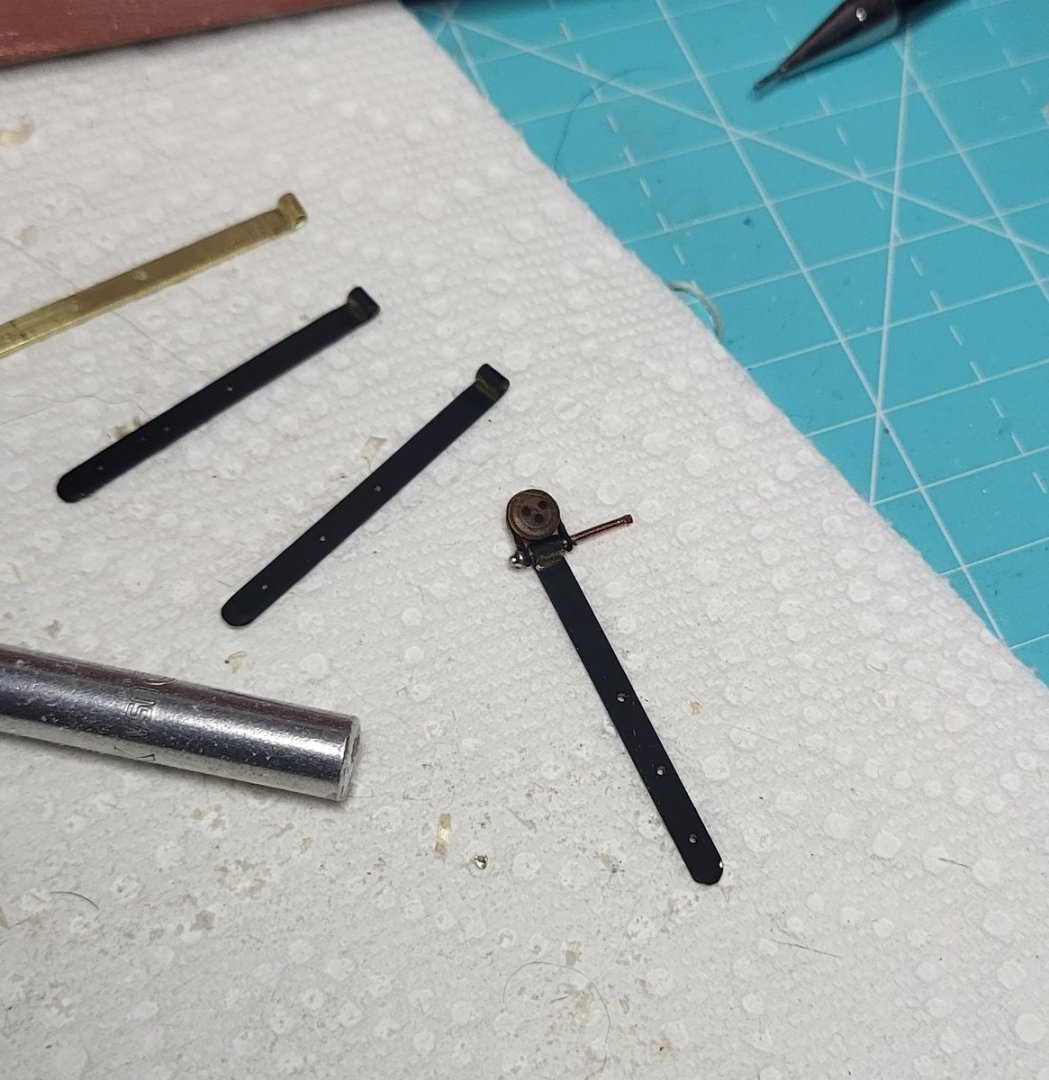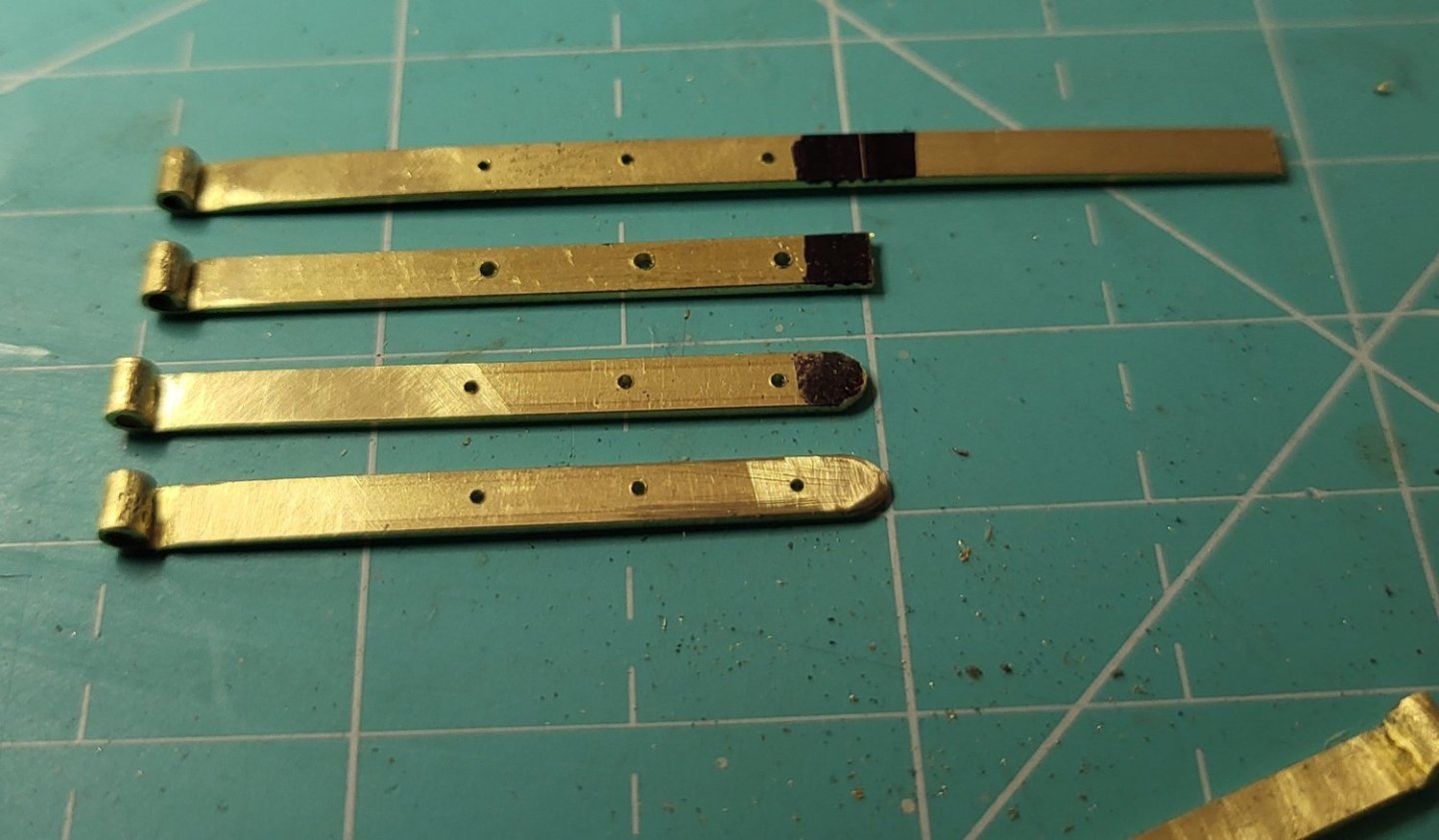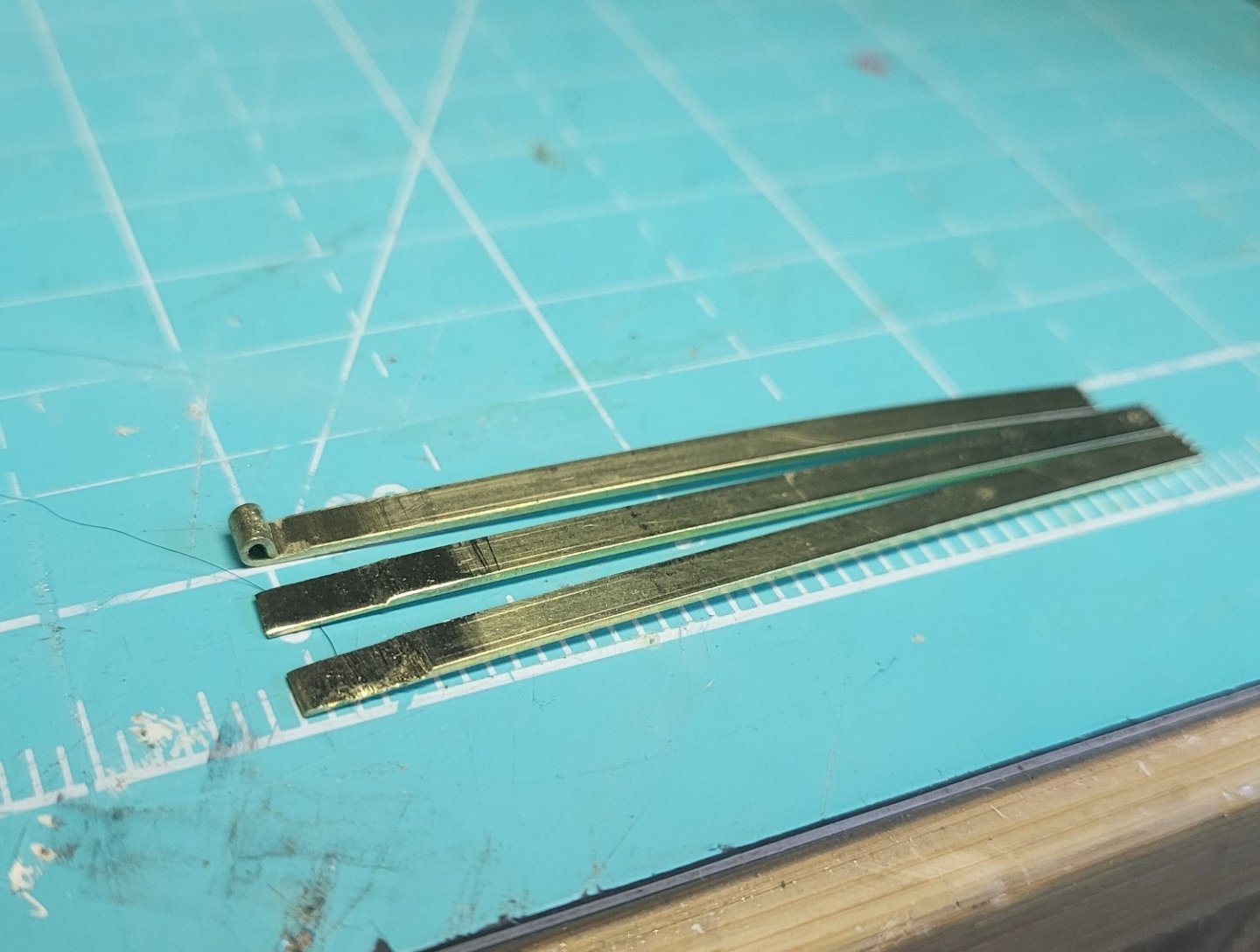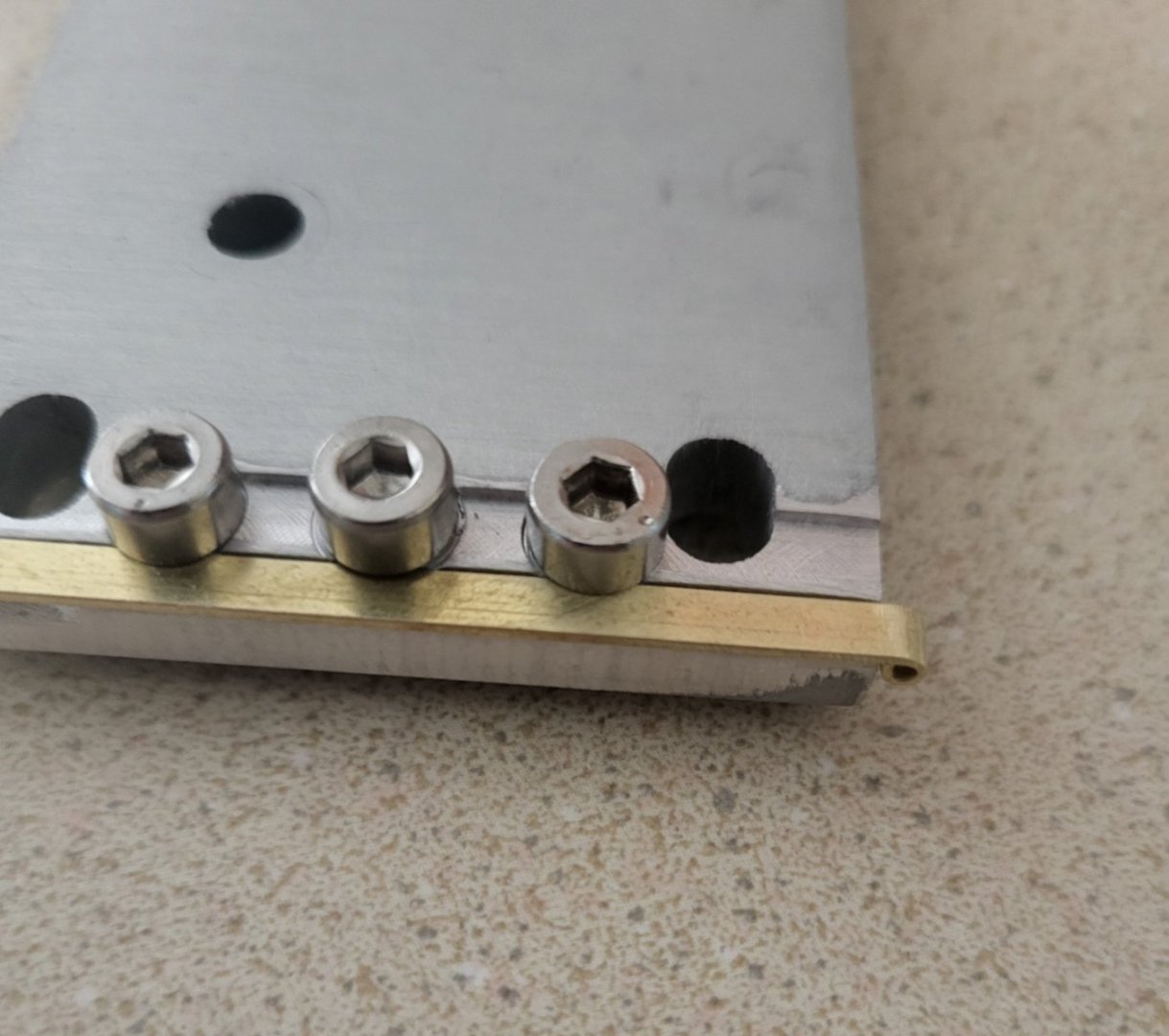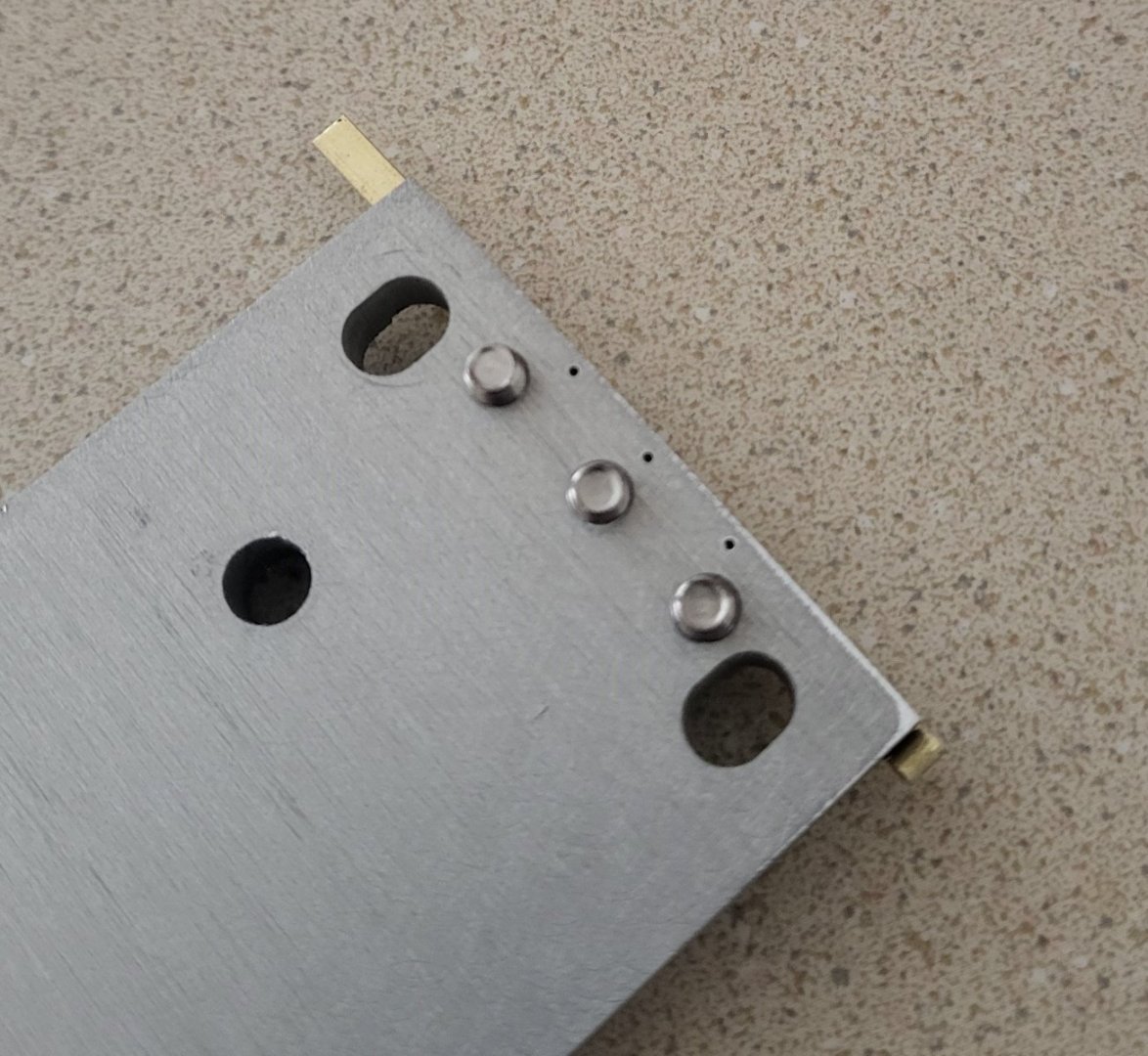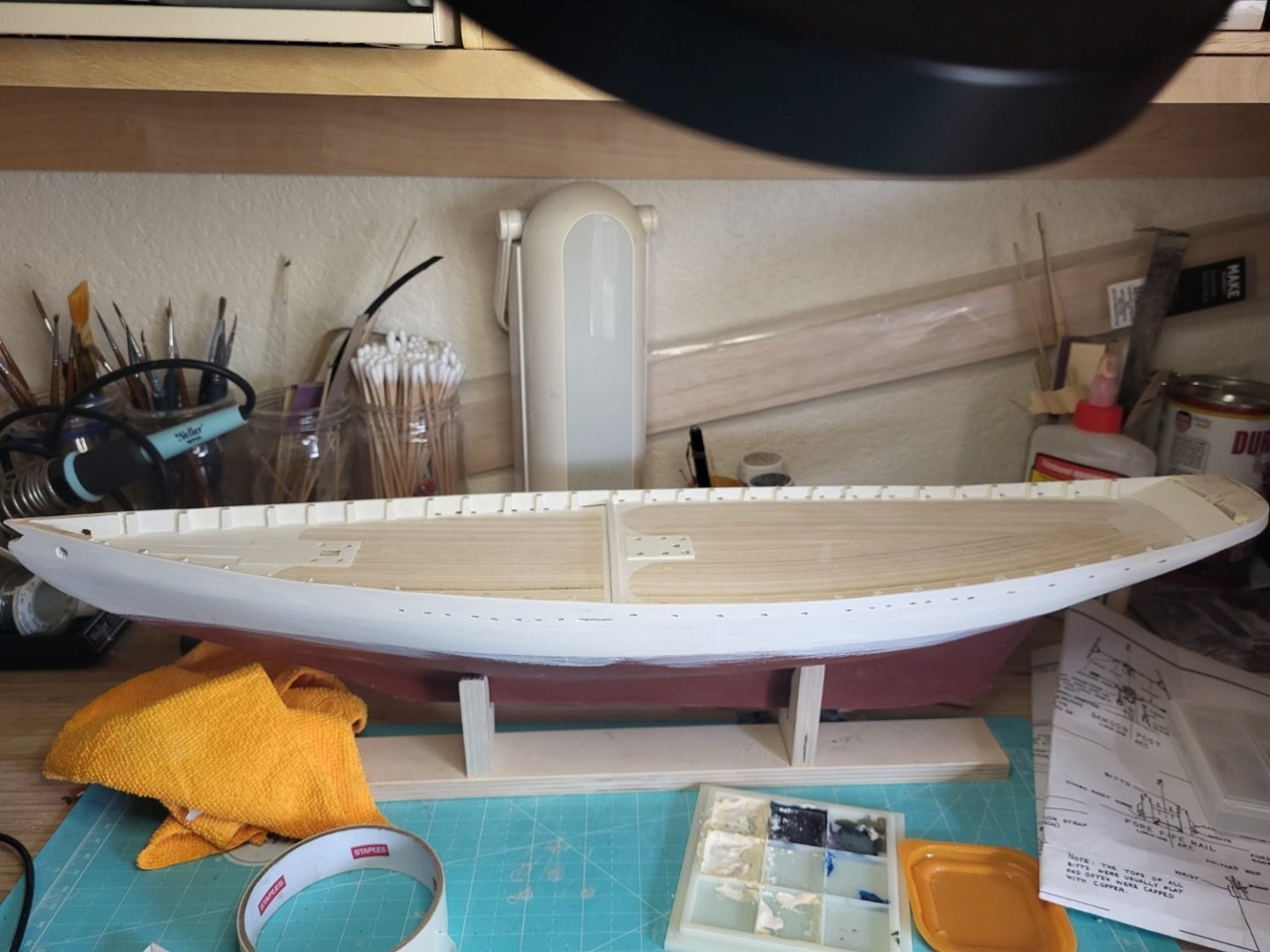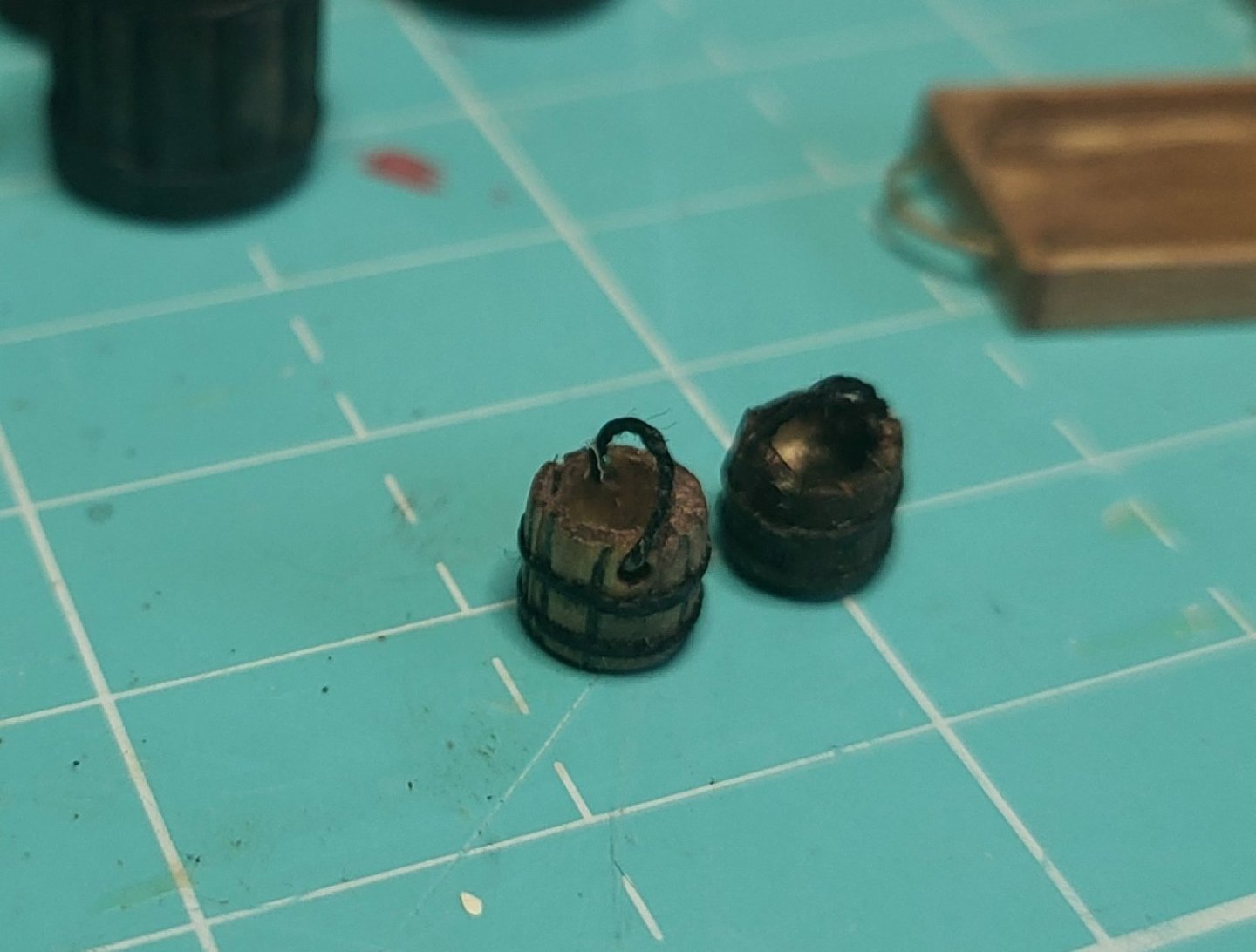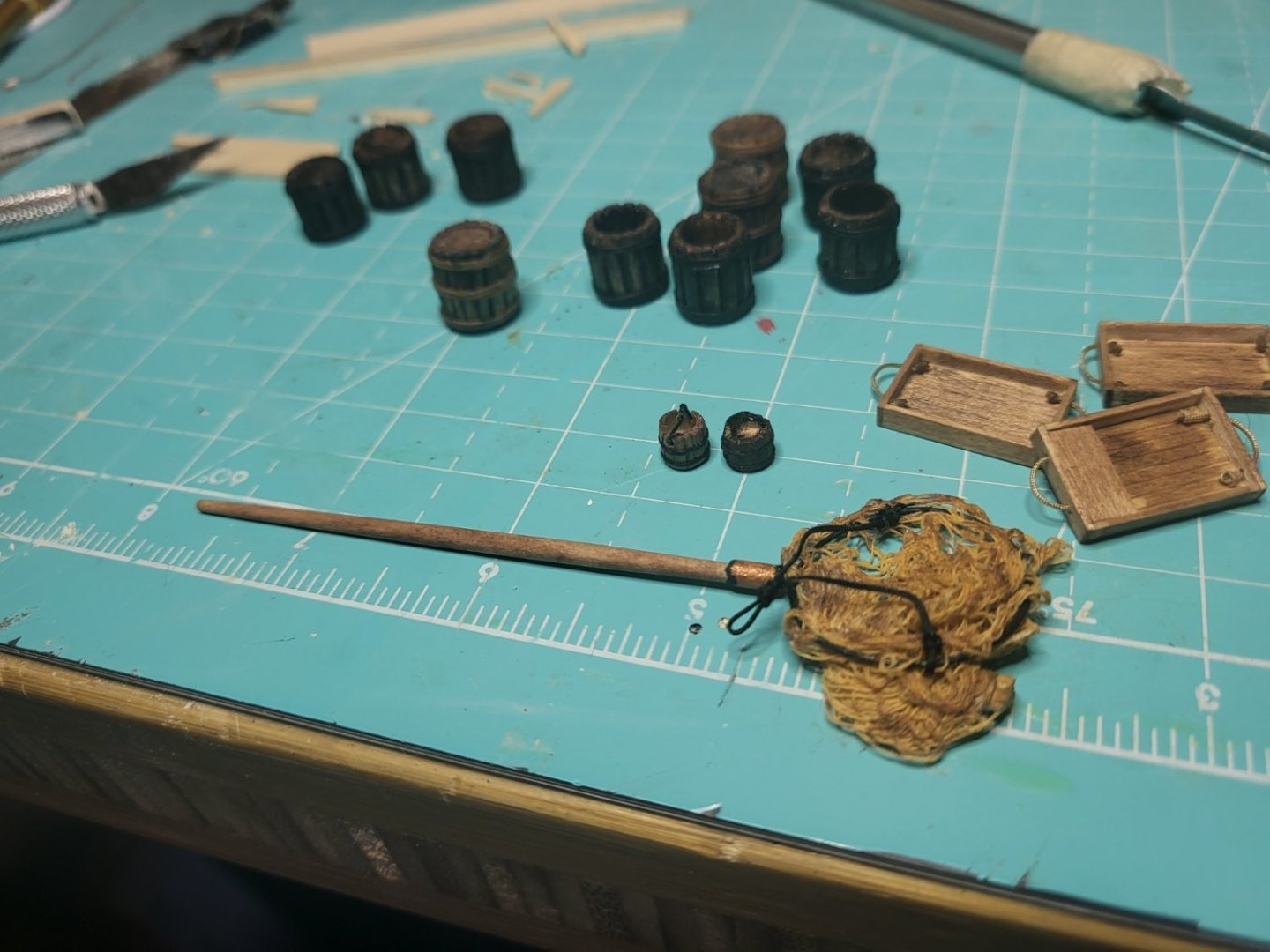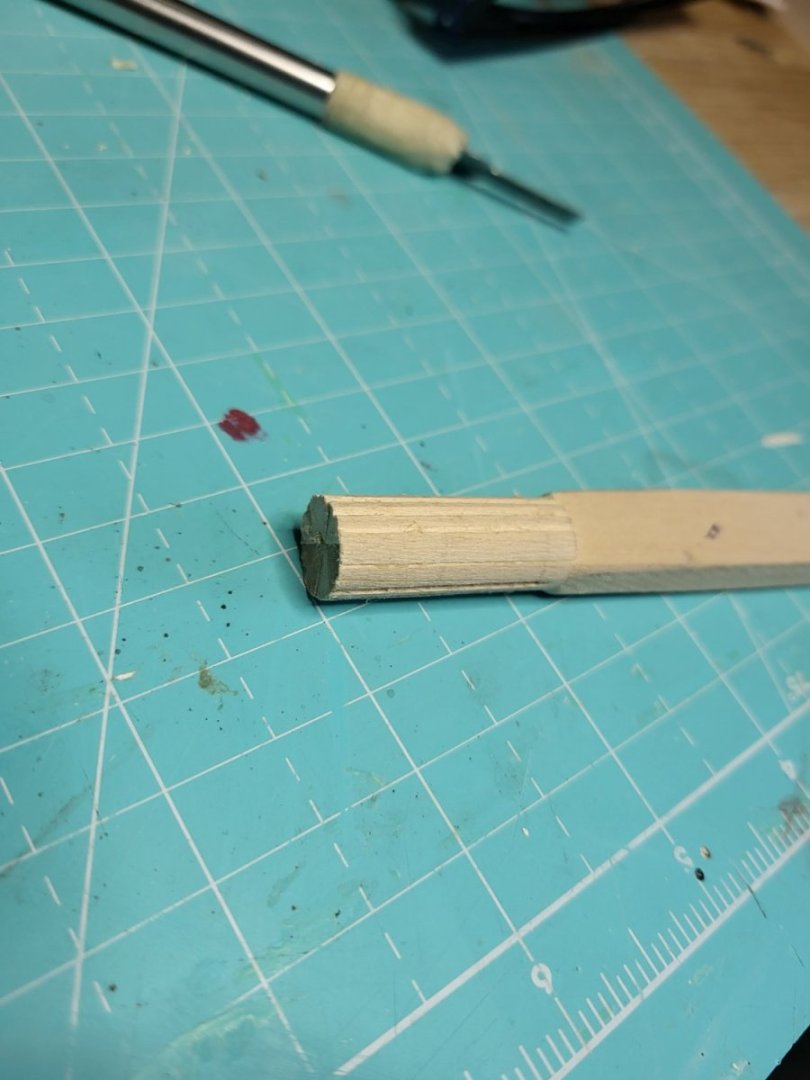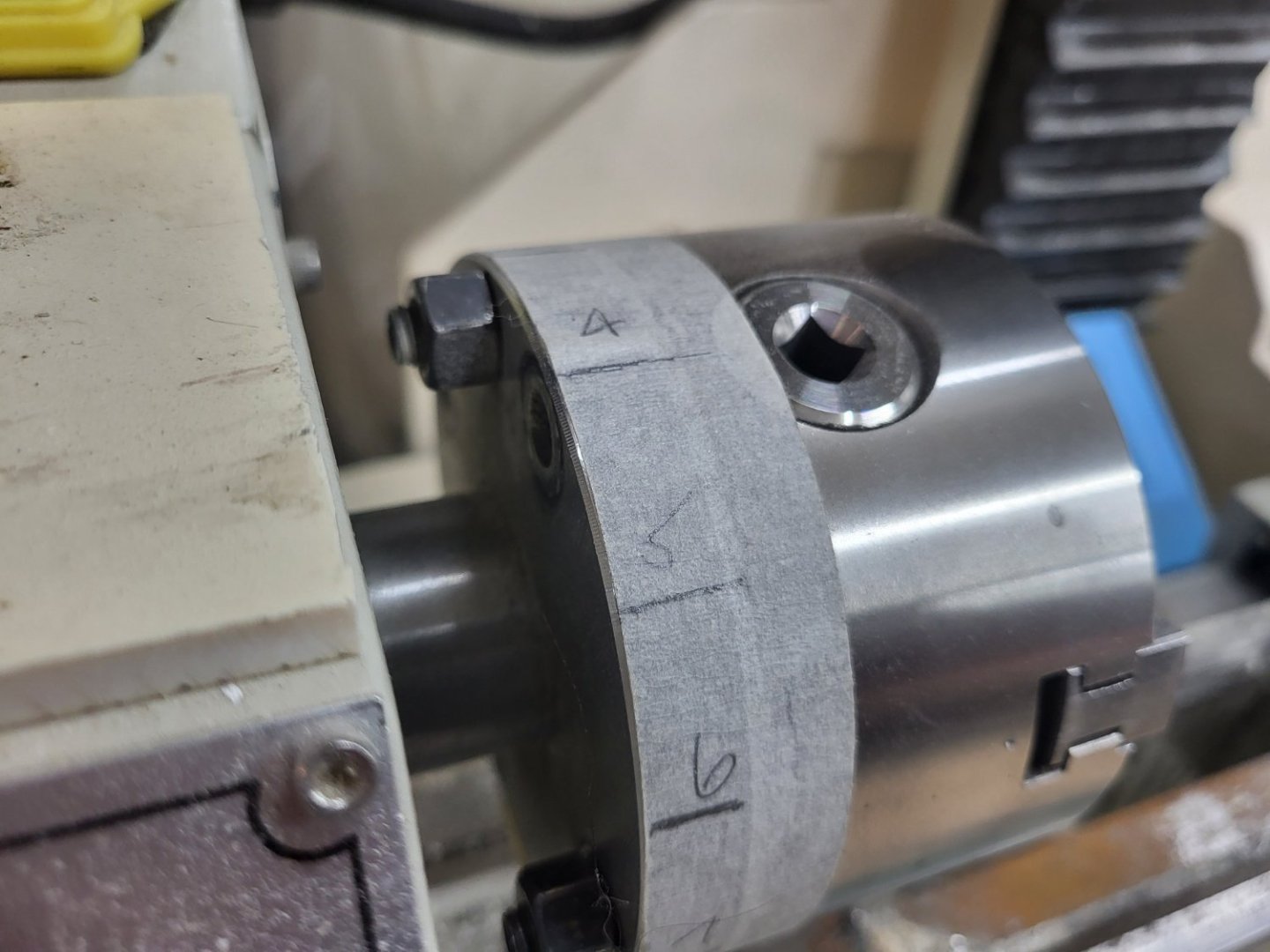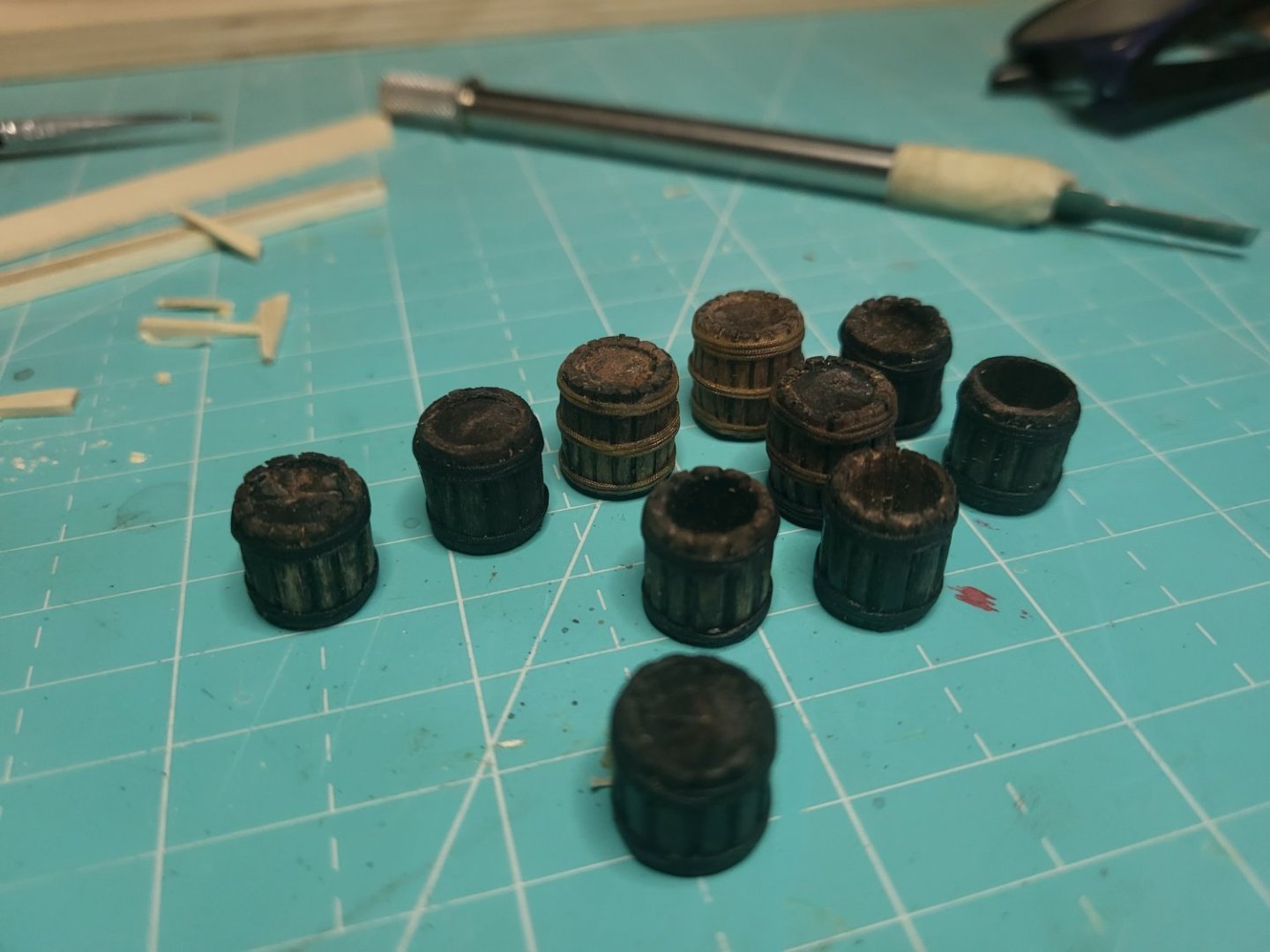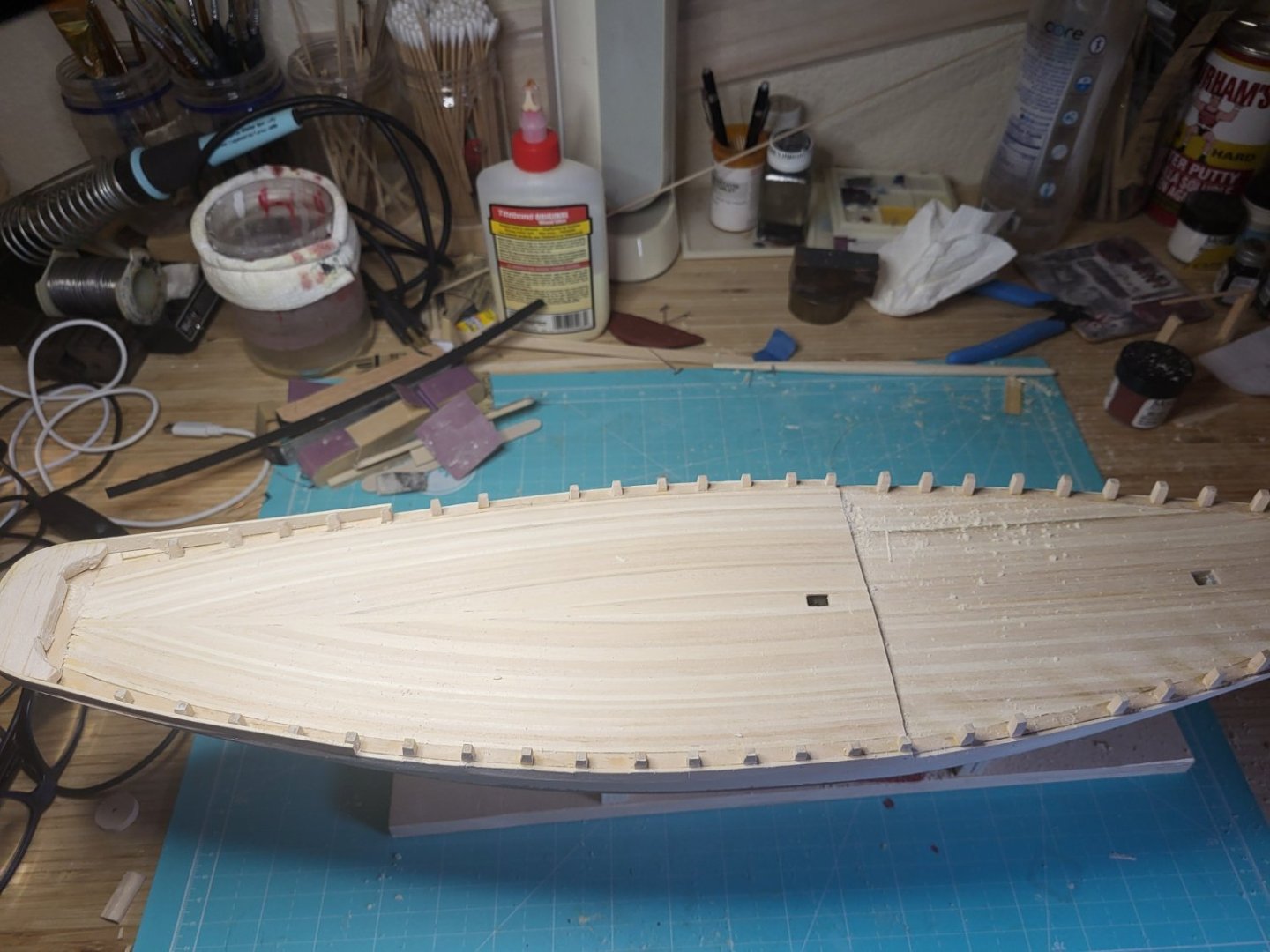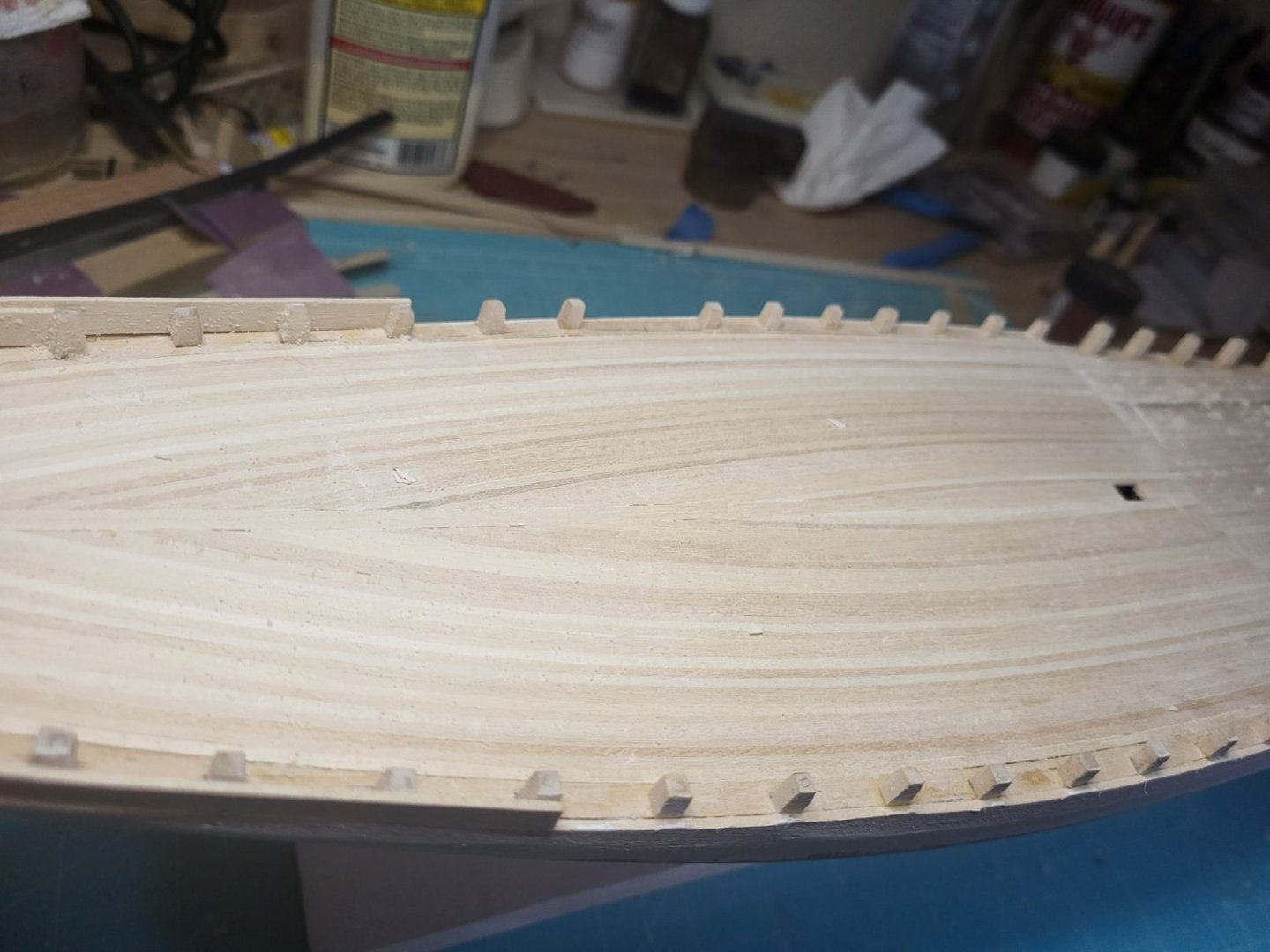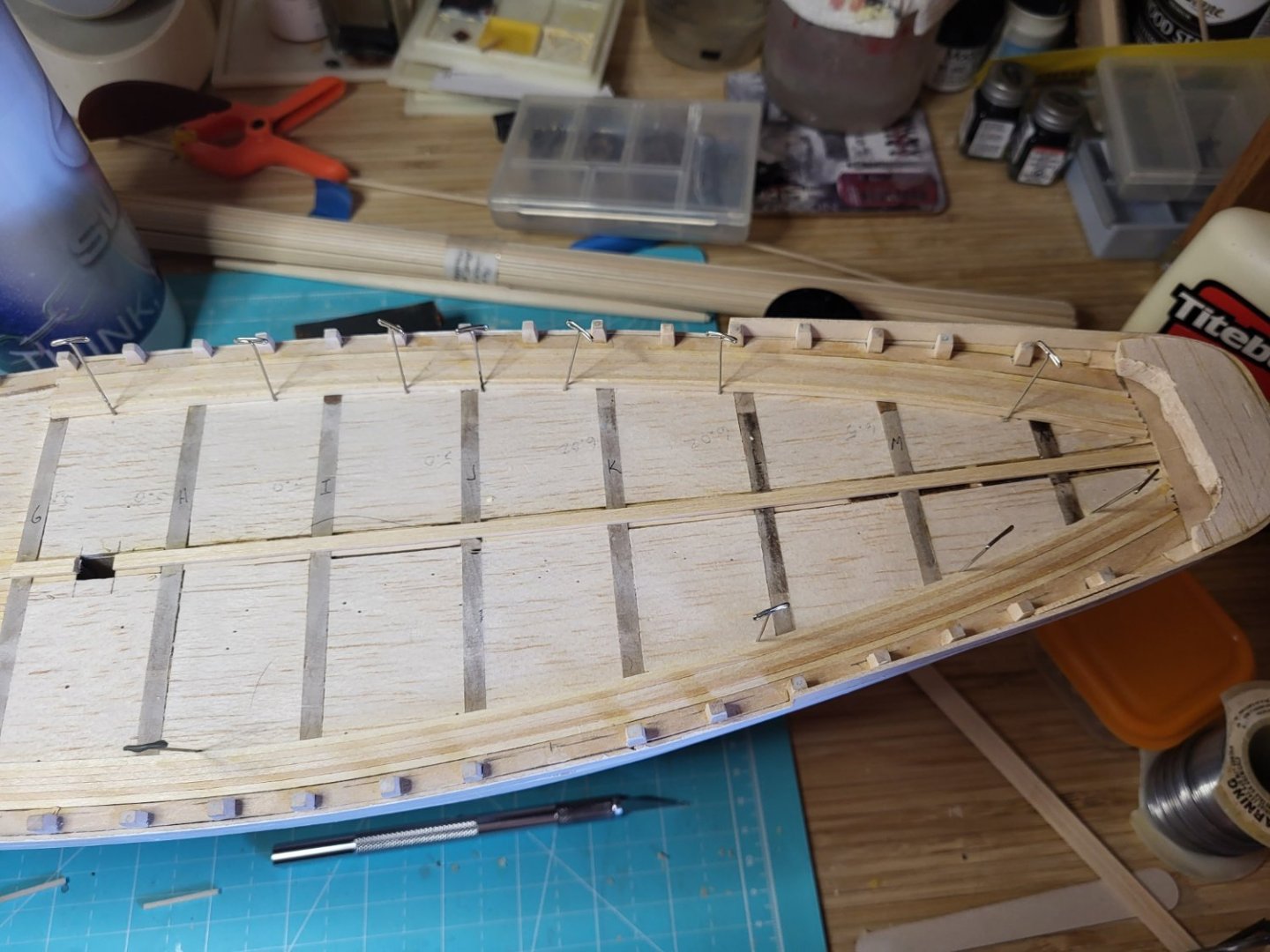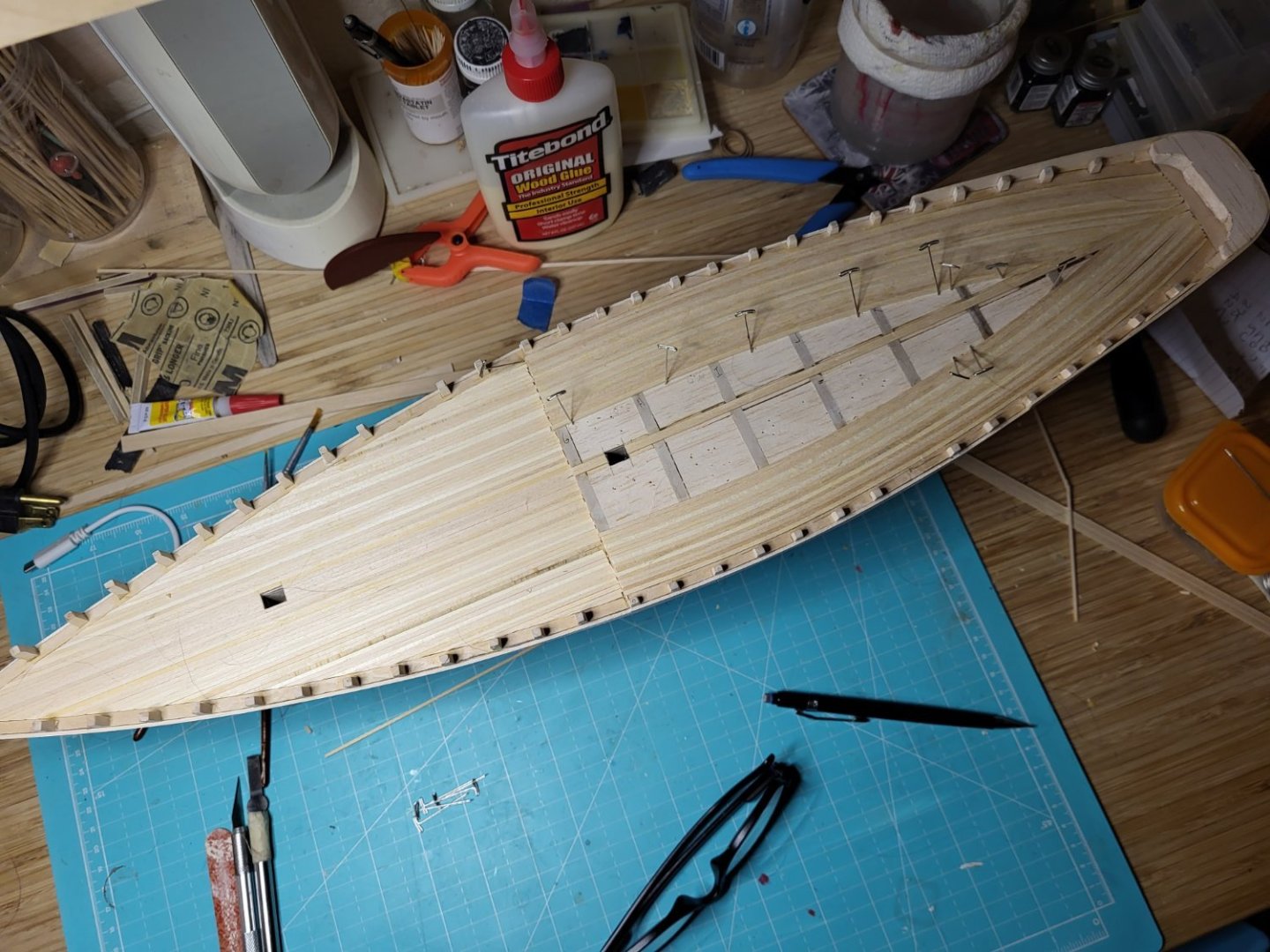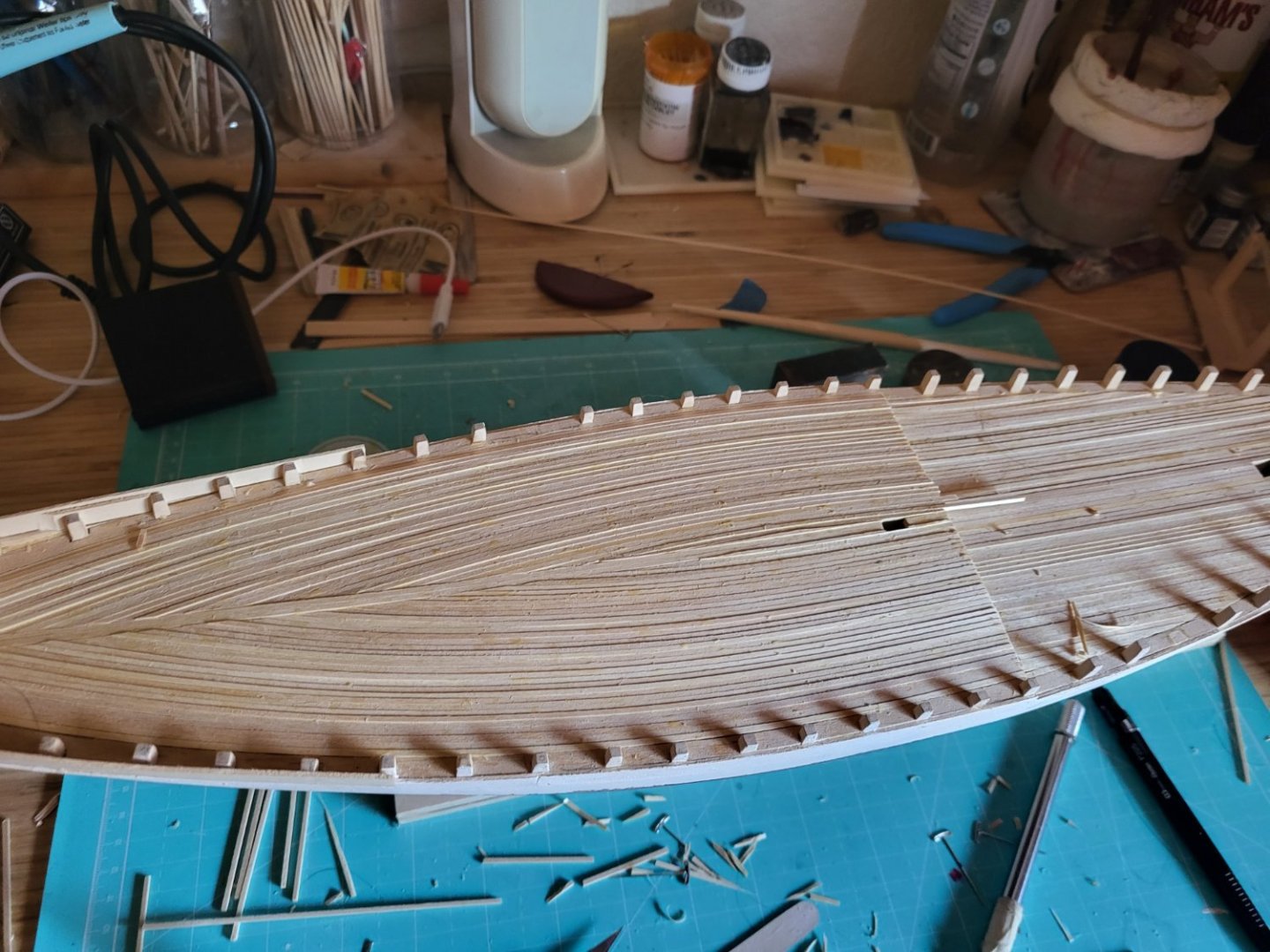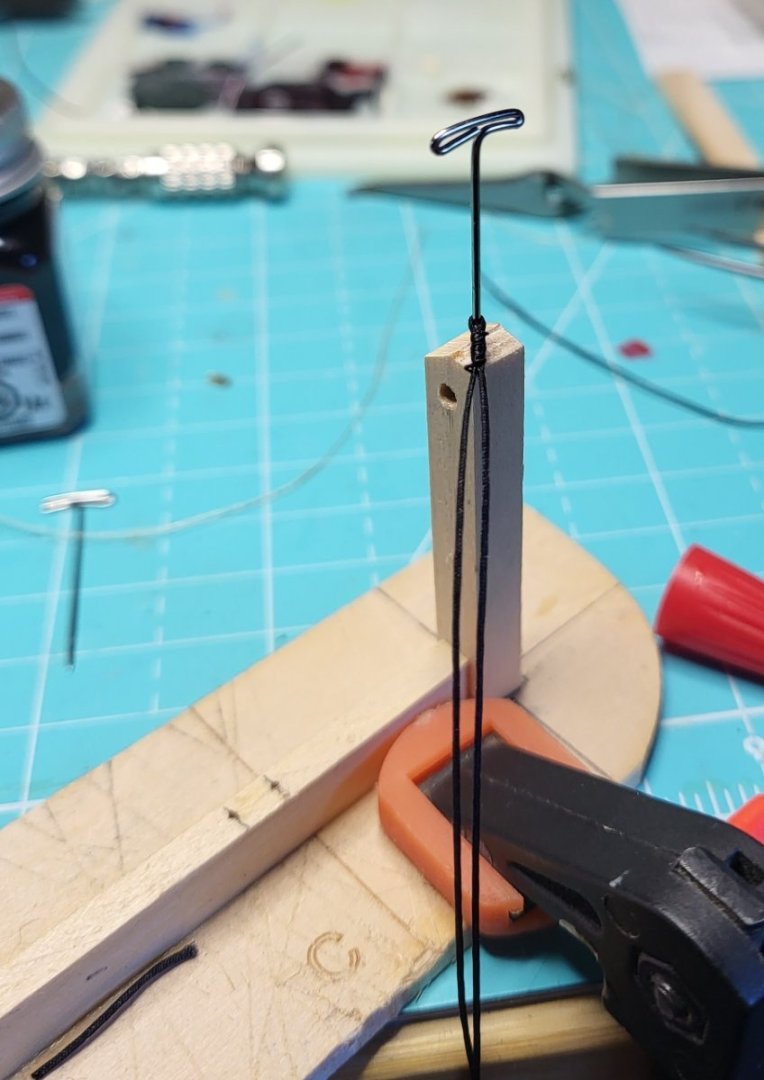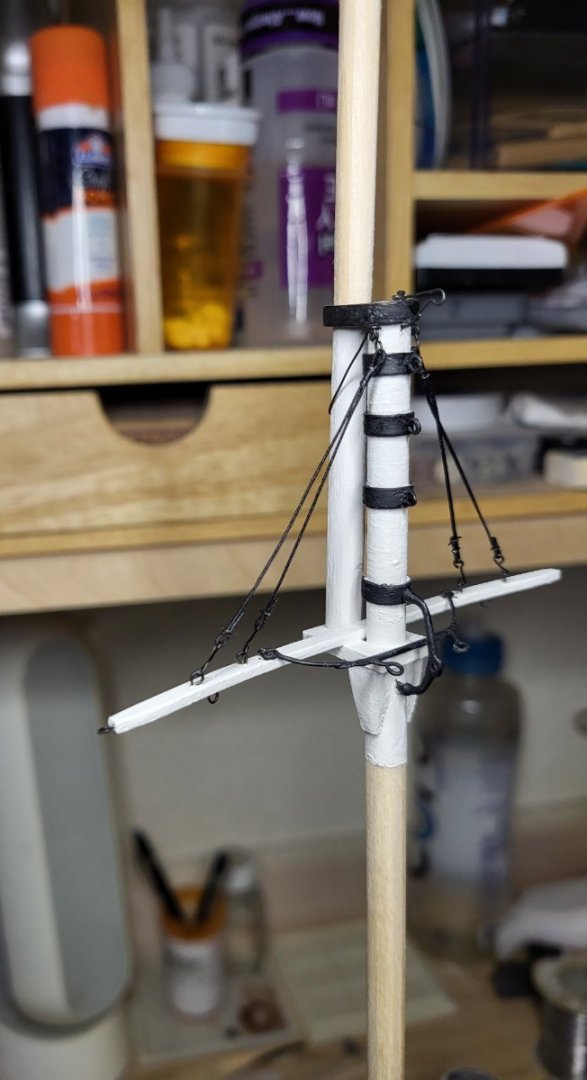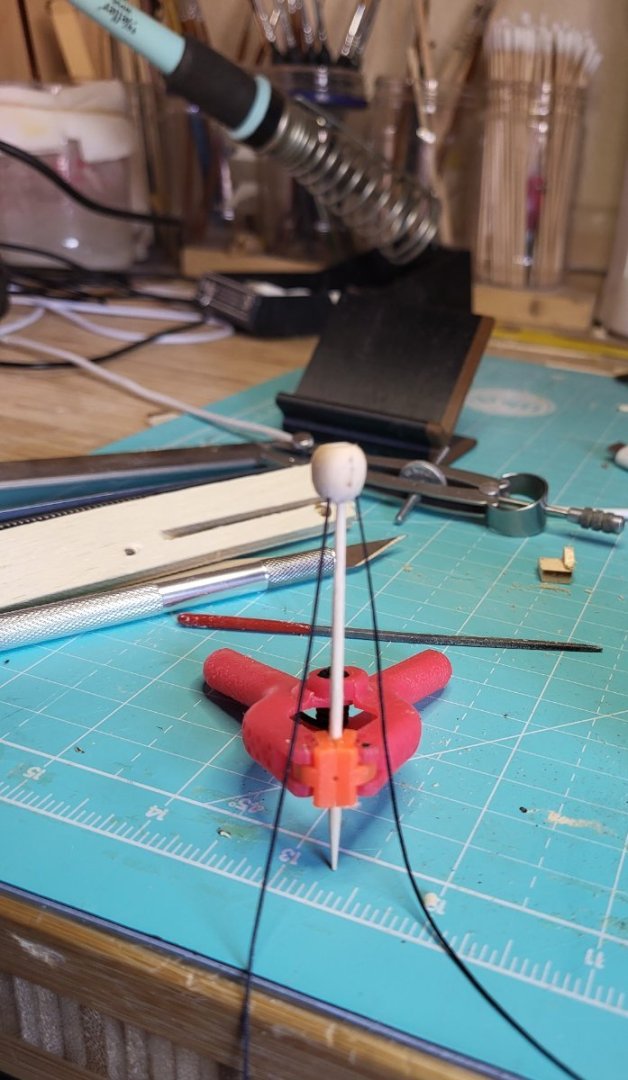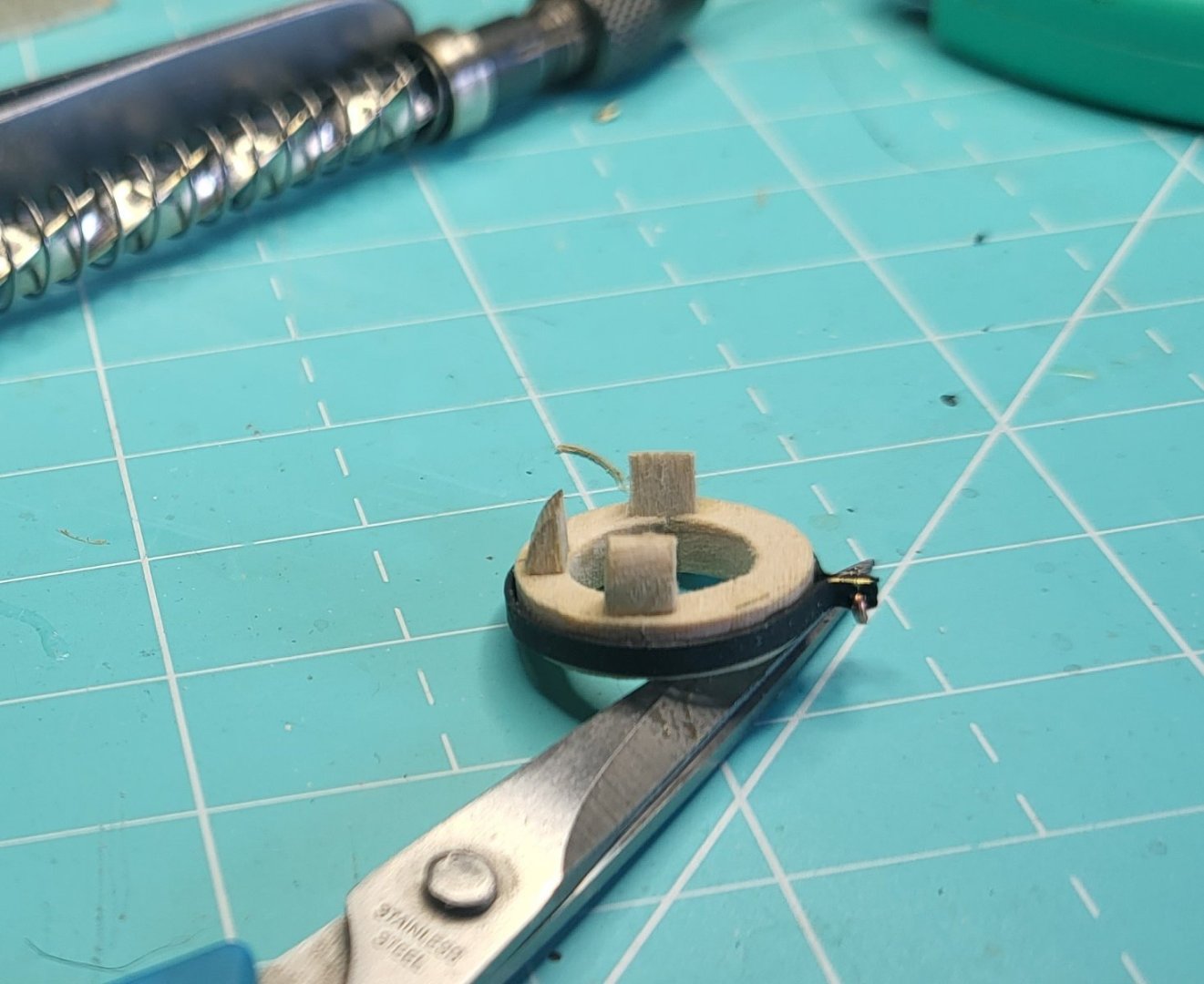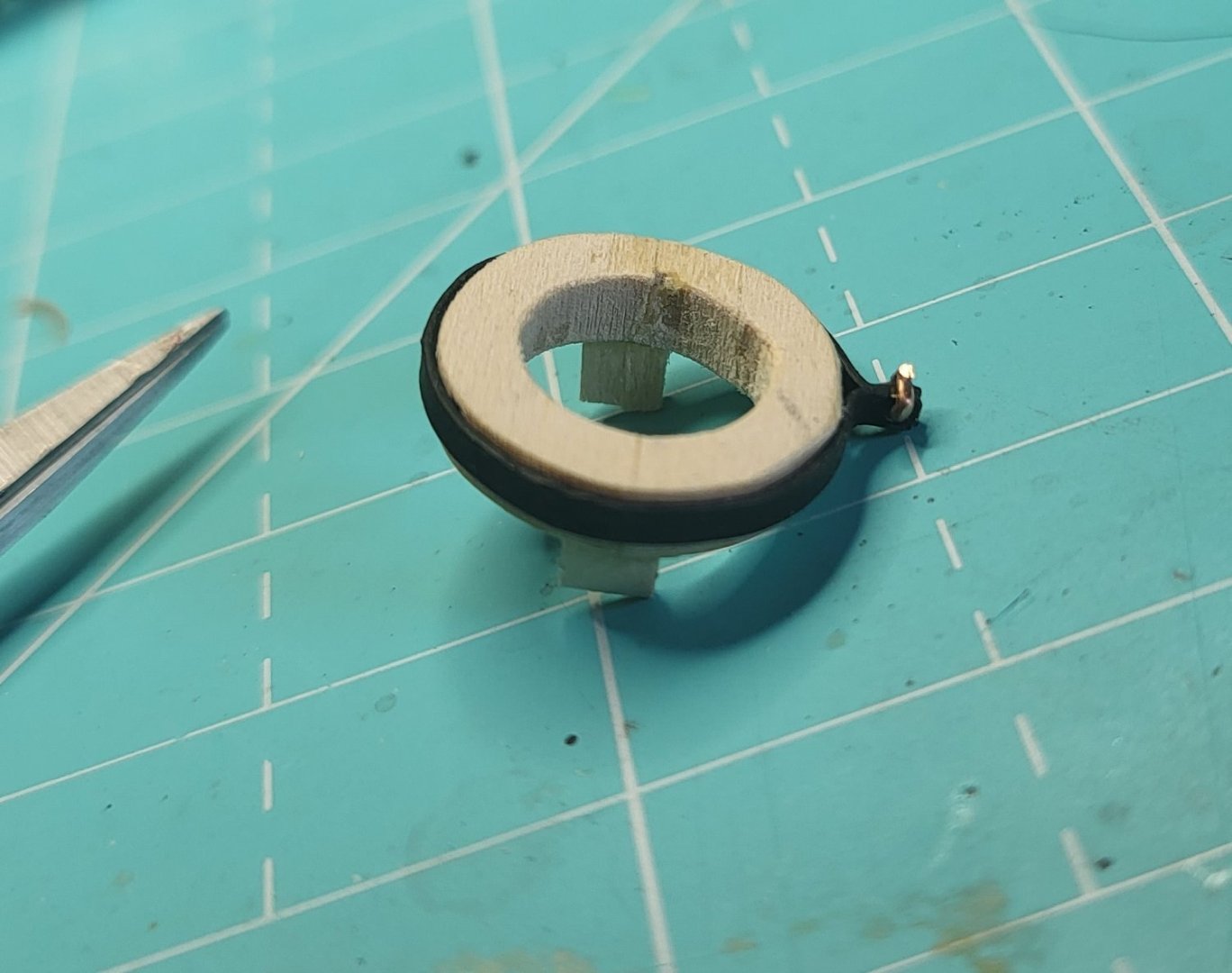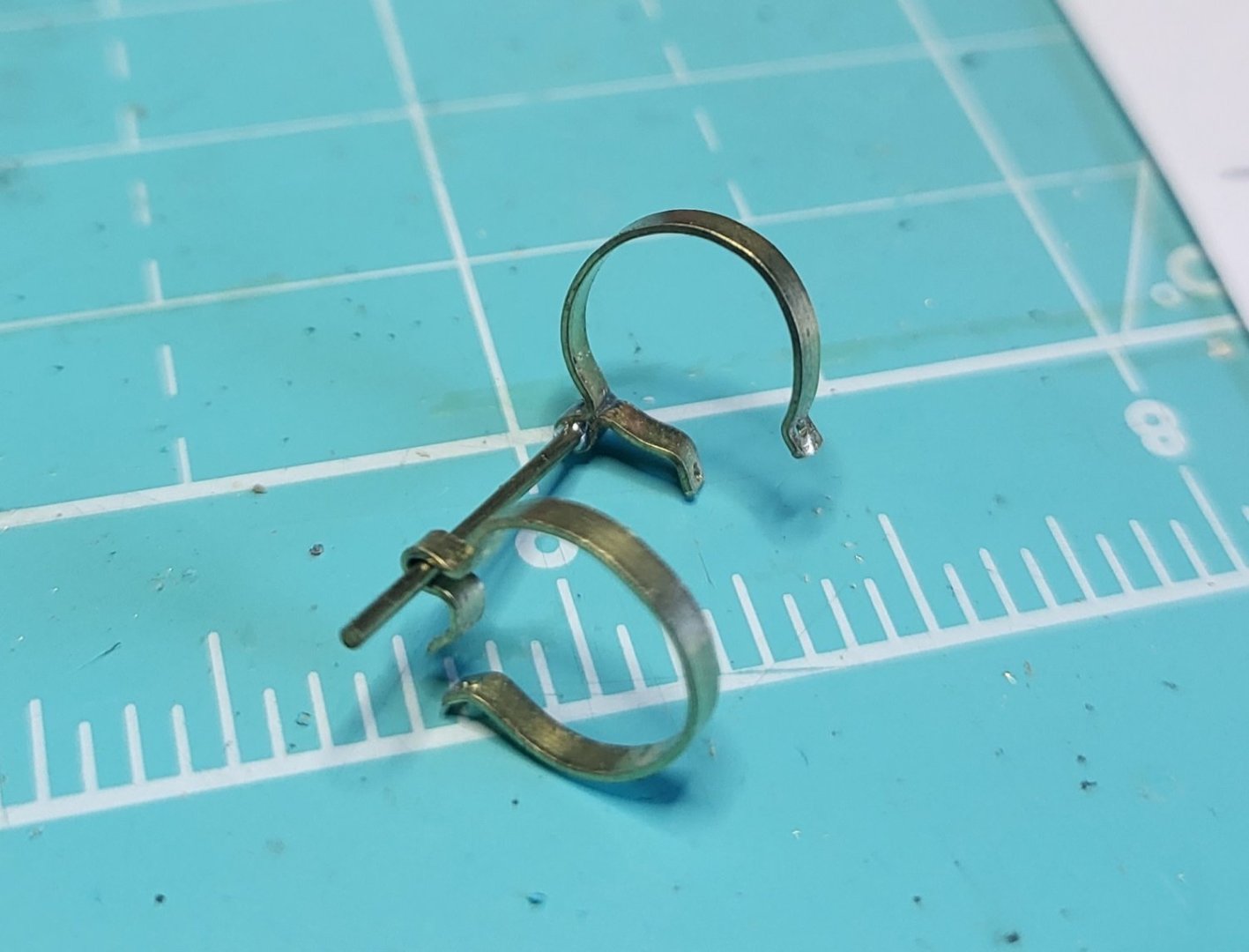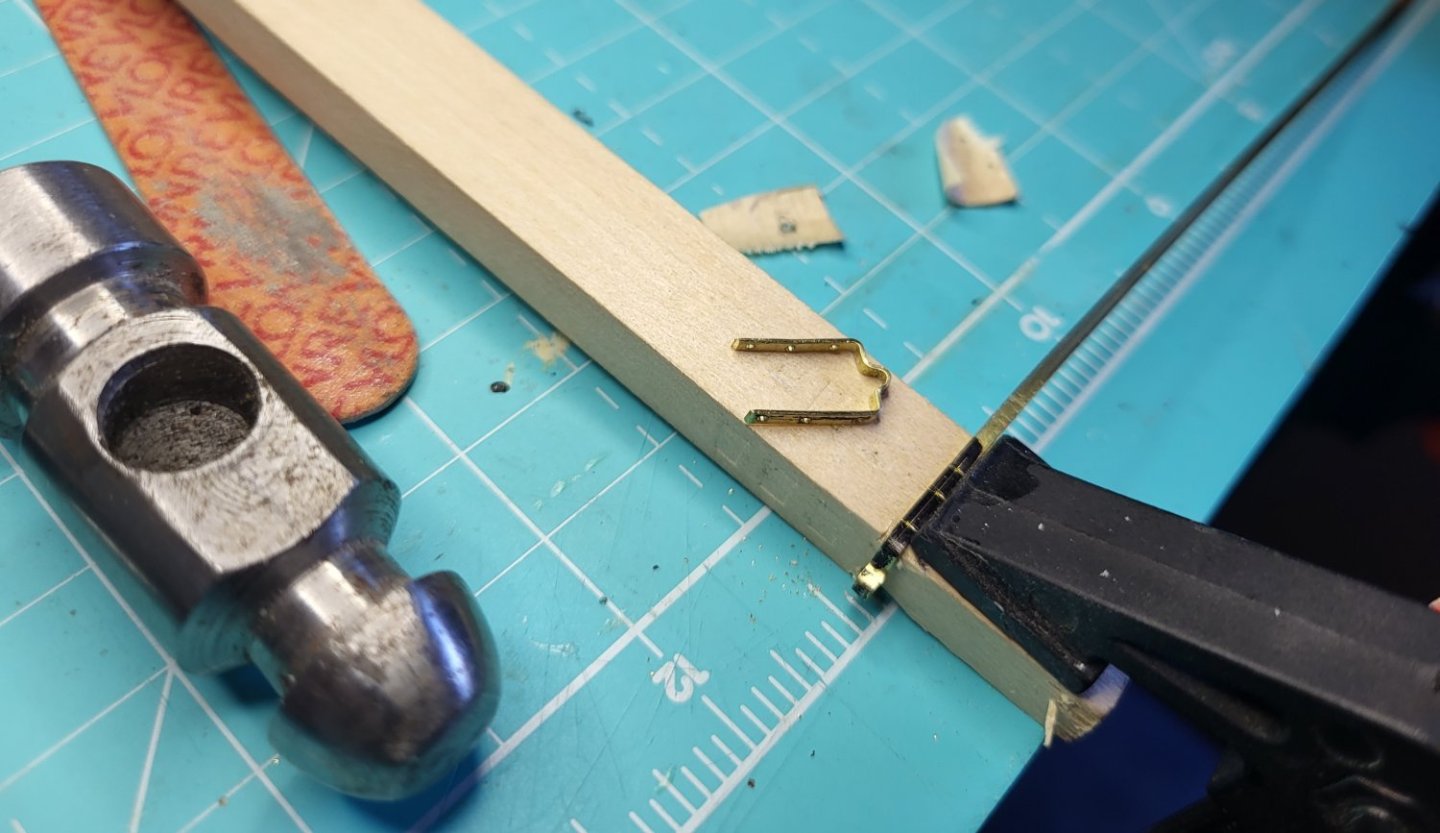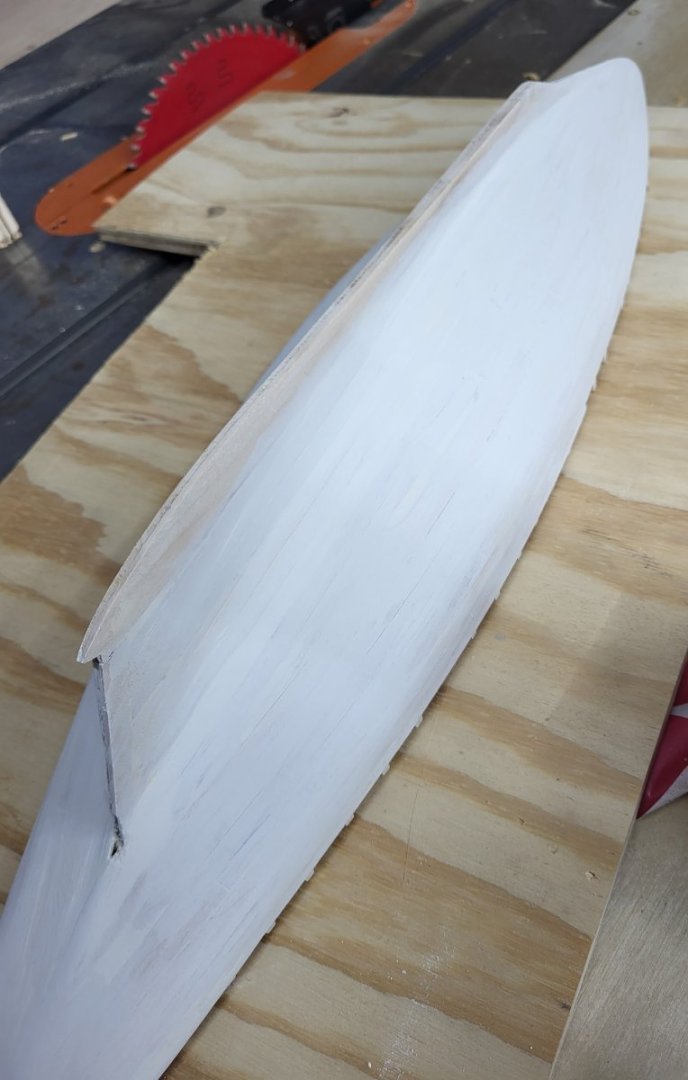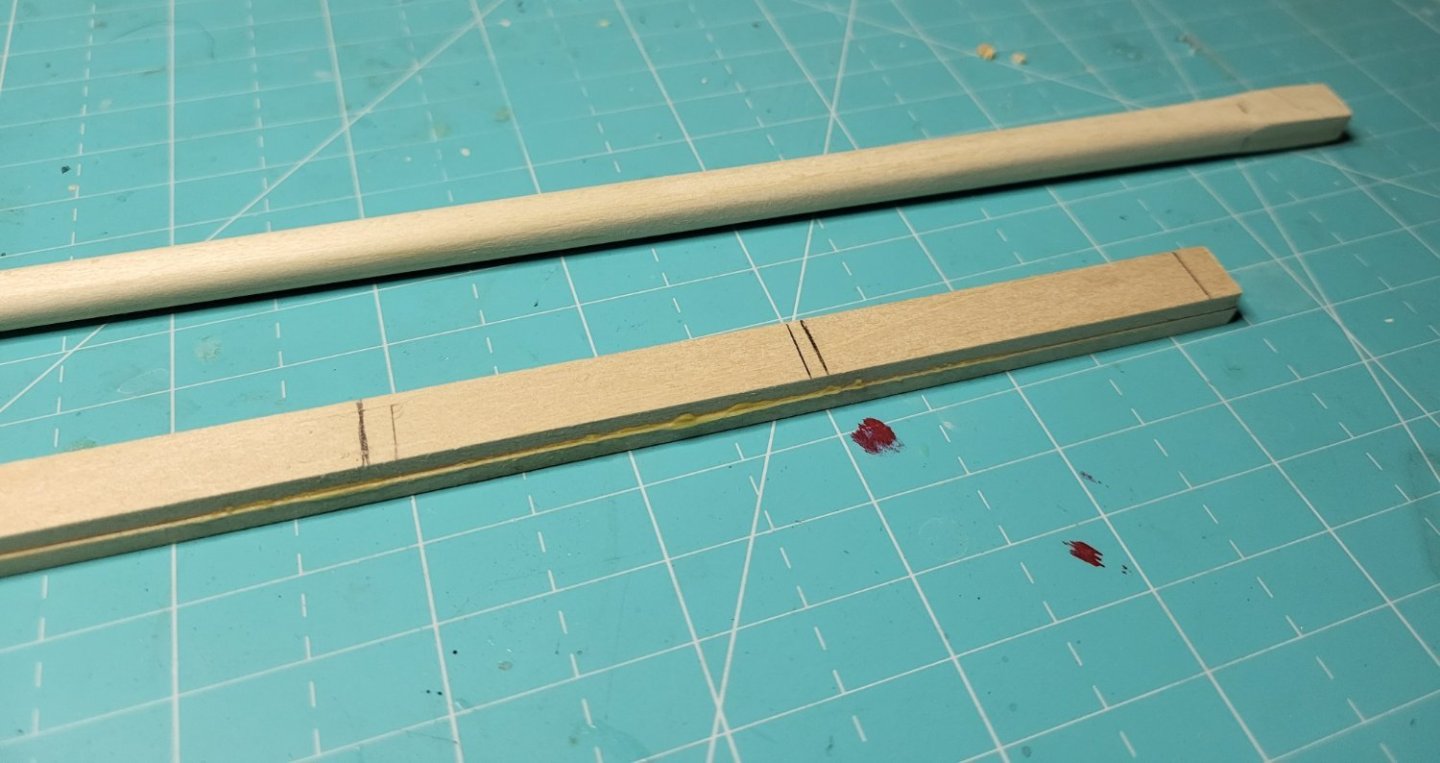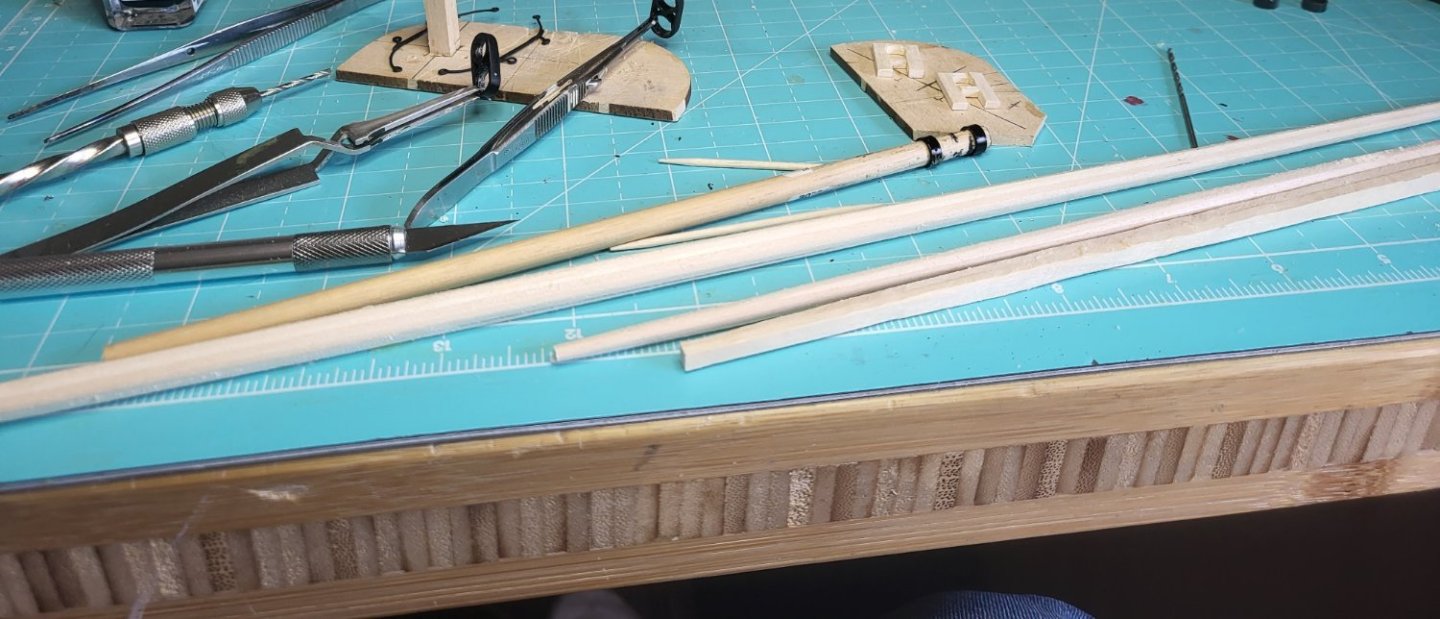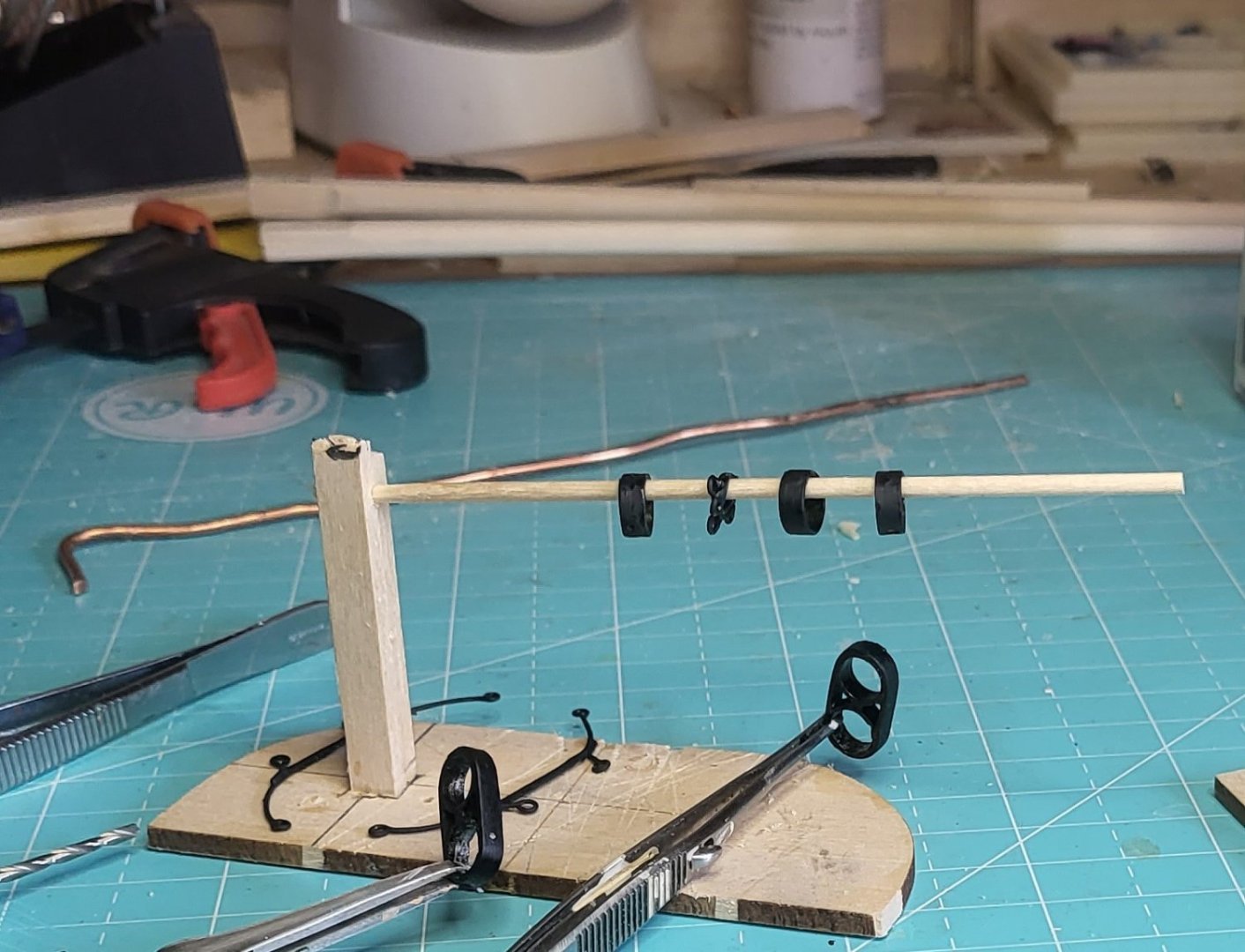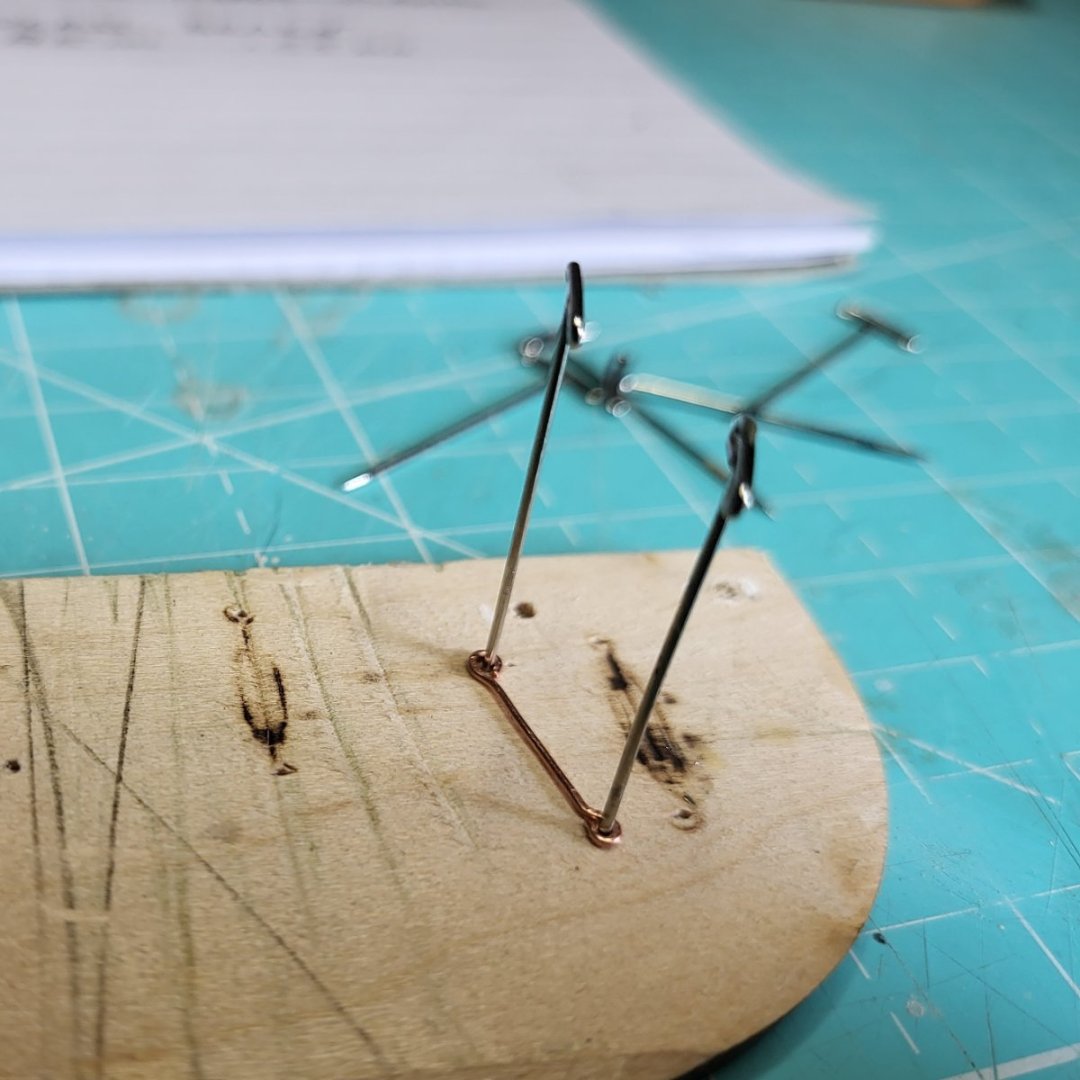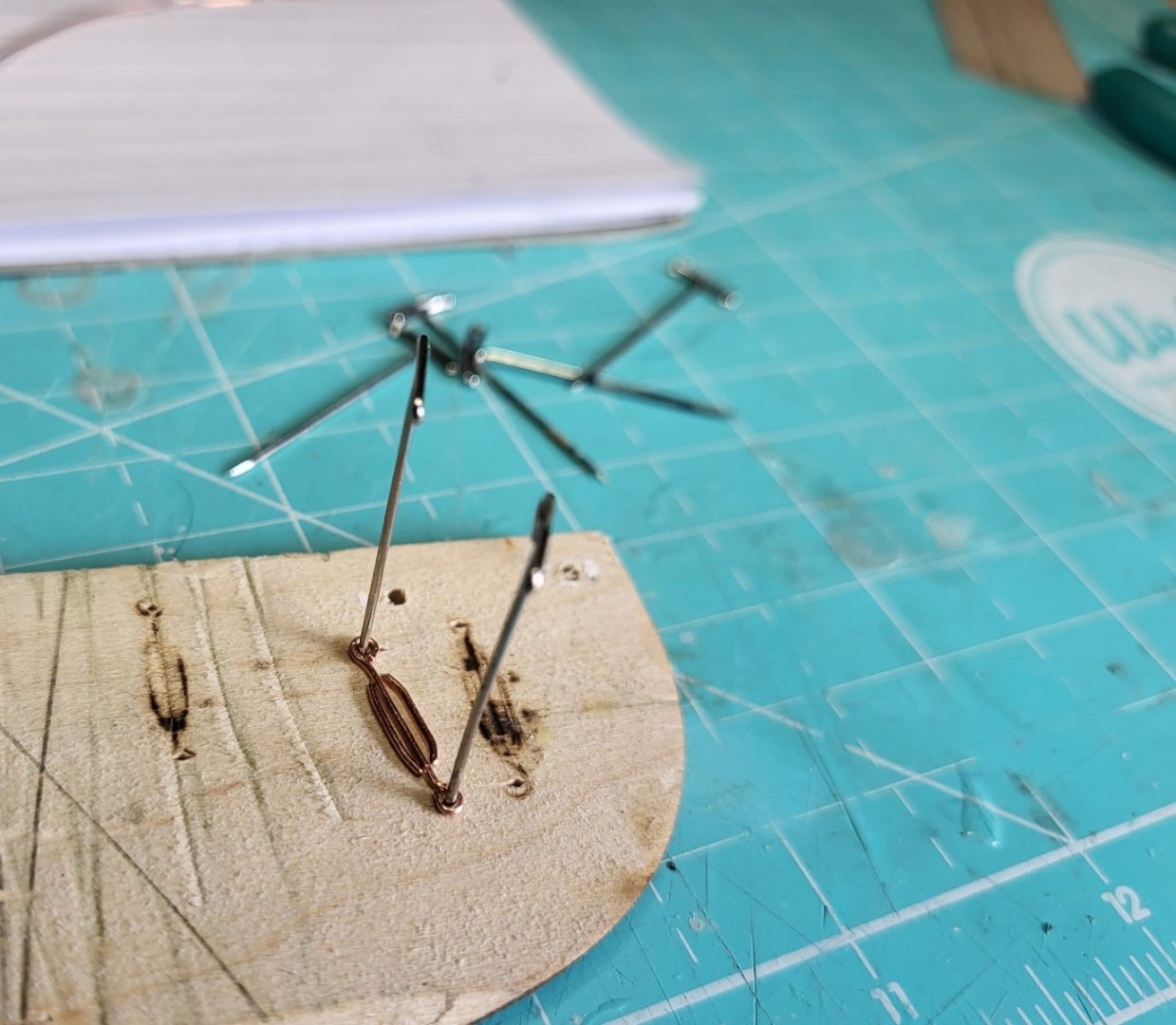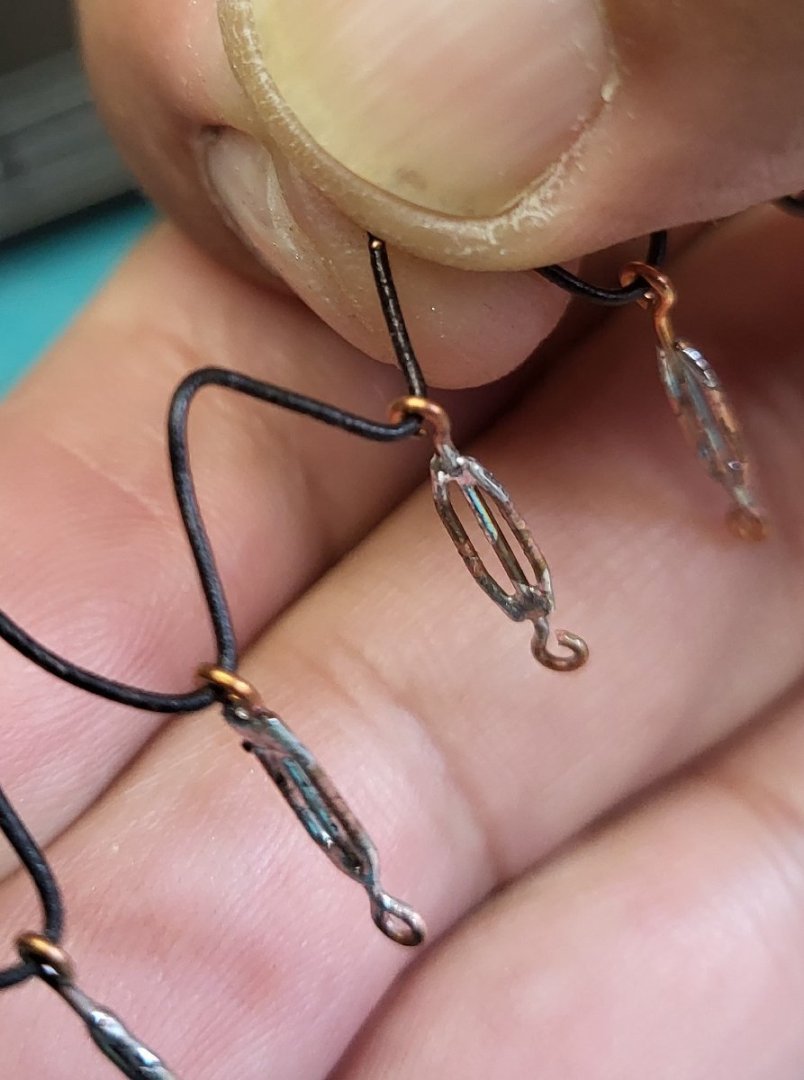-
Posts
25 -
Joined
-
Last visited
Recent Profile Visitors
The recent visitors block is disabled and is not being shown to other users.
-
 etubino reacted to a post in a topic:
Benjamin W Latham by Caferacer - Model Shipways
etubino reacted to a post in a topic:
Benjamin W Latham by Caferacer - Model Shipways
-
 etubino reacted to a post in a topic:
Benjamin W Latham by Caferacer - Model Shipways
etubino reacted to a post in a topic:
Benjamin W Latham by Caferacer - Model Shipways
-
 etubino reacted to a post in a topic:
Benjamin W Latham by Caferacer - Model Shipways
etubino reacted to a post in a topic:
Benjamin W Latham by Caferacer - Model Shipways
-
 etubino reacted to a post in a topic:
Benjamin W Latham by Caferacer - Model Shipways
etubino reacted to a post in a topic:
Benjamin W Latham by Caferacer - Model Shipways
-
 etubino reacted to a post in a topic:
Benjamin W Latham by Caferacer - Model Shipways
etubino reacted to a post in a topic:
Benjamin W Latham by Caferacer - Model Shipways
-
 etubino reacted to a post in a topic:
Benjamin W Latham by Caferacer - Model Shipways
etubino reacted to a post in a topic:
Benjamin W Latham by Caferacer - Model Shipways
-
 etubino reacted to a post in a topic:
Benjamin W Latham by Caferacer - Model Shipways
etubino reacted to a post in a topic:
Benjamin W Latham by Caferacer - Model Shipways
-
 etubino reacted to a post in a topic:
Benjamin W Latham by Caferacer - Model Shipways
etubino reacted to a post in a topic:
Benjamin W Latham by Caferacer - Model Shipways
-
 etubino reacted to a post in a topic:
Benjamin W Latham by Caferacer - Model Shipways
etubino reacted to a post in a topic:
Benjamin W Latham by Caferacer - Model Shipways
-
 etubino reacted to a post in a topic:
Benjamin W Latham by Caferacer - Model Shipways
etubino reacted to a post in a topic:
Benjamin W Latham by Caferacer - Model Shipways
-
 Caferacer reacted to a post in a topic:
Benjamin W Latham by Caferacer - Model Shipways
Caferacer reacted to a post in a topic:
Benjamin W Latham by Caferacer - Model Shipways
-
Thanks Joe! Your log really helped, there is no way the deck would have come out so well without the tip of adding the sub-deck, and removing the timbers from the frames. Now only if I had remembered there were two false timbers between each frame section.. Your rigging on the Latham is amazing, and the build has been inspiring.. The final chainplate "bolts" are a little out of scale, of course now that the are painted I see this, but I have plenty of material I can remove to improve it. I mean there's no hurry, time enough to get it right.
-
Working on chainplates, I wanted to use thinner brass, but couldn't find any. So I thinned out the ends with a file, and got a good tight loop. I also machined a fixture to drill the mounting holes. As I mentioned when I was drilling the holes for the rudder pintles the drill walked so they are not as even as I wanted. This fixture should make the hole spacing and they should be well centered., then I will trim them to size. Hard to tell teh scale, but those are M4 screws and 0.028" (#69 drill) holes
-
Caferacer changed their profile photo
-
At this point I've got the deck and bulwarks painted, but not quite ready to start the top rail. I want to consider the right way to approach it, bent 1/4, or 1/2 inch that I trim and shape. I think the latter, but I want to think a bit. Scuppers are cut and cleaned up after this photo, prow is mostly shaped, and cut for the bowsprit. The hull above the water line is just primed. When cutting the scuppers I realized I somehow miscounted the timberheads! There should have been 2 between each frame section, and I only added 1. My next step will be creating the chainplates, that's going to require some work, based on the "lessons learned" from creating the pintles, I want to create a fixture to ensure the chainplates are drilled evenly, the drill walked a bit while making the pintles and given the prominence of the chain plates I want them as uniform and identical as possible.
-
Thought I wold share some previous accessories; I tried a few ways to make barrels, the one that worked best was turning some soft wood in the lathe. I then created an "index" mark on the lathe chuck, then draw a tool across the round to create even grooves representing the staves of the barrel. I then marked and tapered the the individual barrels while in the lathe, and drilled the hole through the round. Finally at the workbench I carved the details to the staves, and wrapped the "sapling" around the barrels before cutting off each barrel. I didn't drill all the way though so some barrels could be "closed". Using a small chisel I cut back the the face of the "closed" barrels to create the recessed lids. All this was made easier by having a decent piece of wood to hold on to while working. Hope all this makes sense. I made a lot, and using different finishes, so I can pick and choose.
-
Decking time! It went easier and quicker than I expected, however the strips provided by MSW are not the same. I think it will all sand down fine, but I bought extra 1/16x1/16, so I should have been more selective. In order to bend the planksheer I built up the transom with balsa. Worked great, in addition to soaking the plank for a while, I "pre-curved" it with my hand. I know they sell pliers for this, but just gently bending it to "loosen" the fibers of the plank, it took the tight curve of the stern well.
-
Thanks Jacques, I'm starting back to work on the hull. I think I'm going to plank the deck, before finishing the monkey board or top rail. I think having the deck "clear" will allow me to plank using full pieces. Meanwhile, I've been doing a few other details. The boom rest, and the foresail boom, rail thingie. Also the pintles.. almost out of brass strips.
-
Meanwhile the hull is done and primed. Once I have a lot of the mast details made up, the spreader and mounts, I'll get back to the hull. The planking isn't perfect, I need to work on tapering the bulkheads. Even after making lots of measurements, I still had some planks "miss" the bulkhead. Also the way the planks meet the transom, yikes. I'm not going or obsess about the gaps in the planks, as long as they are stable, I've worked glue into the gaps to be sure no planks "pop", if the planks show, well, it's a planked boat, they will show.
-
I did not like the dowels that came with the kit, and hardwood like these were bound to frustrate me, so all the masts and spars are laminated basswood, then carved down to the right size and shape. While they are not perfect, I think they will stain nicer, and the grain being finer will look better at scale. At the same time I'm making the bands, these are from brass strips, curled and soldered. I put a coat of matte spray paint, then a coat of flat with a brush. The kit supplied cast parts as well, also I made up the spreader struts off the drawings from copper wire.
About us
Modelshipworld - Advancing Ship Modeling through Research
SSL Secured
Your security is important for us so this Website is SSL-Secured
NRG Mailing Address
Nautical Research Guild
237 South Lincoln Street
Westmont IL, 60559-1917
Model Ship World ® and the MSW logo are Registered Trademarks, and belong to the Nautical Research Guild (United States Patent and Trademark Office: No. 6,929,264 & No. 6,929,274, registered Dec. 20, 2022)
Helpful Links
About the NRG
If you enjoy building ship models that are historically accurate as well as beautiful, then The Nautical Research Guild (NRG) is just right for you.
The Guild is a non-profit educational organization whose mission is to “Advance Ship Modeling Through Research”. We provide support to our members in their efforts to raise the quality of their model ships.
The Nautical Research Guild has published our world-renowned quarterly magazine, The Nautical Research Journal, since 1955. The pages of the Journal are full of articles by accomplished ship modelers who show you how they create those exquisite details on their models, and by maritime historians who show you the correct details to build. The Journal is available in both print and digital editions. Go to the NRG web site (www.thenrg.org) to download a complimentary digital copy of the Journal. The NRG also publishes plan sets, books and compilations of back issues of the Journal and the former Ships in Scale and Model Ship Builder magazines.


